Let’s Hear It For The Birds, Part II
March 18, 2024
The first day of Spring is tomorrow! Spring is an exciting time of year - renewal, new life, longer days, and warmer weather! It also means we will be encountering many migrating, nesting, and baby birds!
In the last couple of weeks I’ve been doing a fair bit of birding and learning in preparation for spring birding and baby season. On March 9, I attended “Birding Insights” put on by Denver Audubon and in partnership with Rocky Mountain Wildlife Alliance. Through this educational presentation, focusing mainly on birds, we learned about what to do when wildlife needs rehab, how to determine when wildlife needs rehab, stats on orphaned animals and what to do if you encounter one, causes for wildlife rehab, and ways to prevent harming wildlife.
Some of the key takeaway points were:
The majority of incidents when wildlife need intervention/rehab are from human causes - including:
Collisions (window, vehicle, etc.)
Entrapment/entanglement (fishing line, fencing, man-made objects, etc.)
Chemicals (poisons, glue traps, etc.)
Domestic pets (cat & dog attacks)
This means, when we see wildlife injured or stuck because of human causes, we should do what we can to help and not let “nature take its course”
Of course, wildlife can also need help when suffering from disease, injury, or birth defects…when possible, Rocky Mountain Wildlife Alliance will provide care for these animals as well
Not all wildlife can or should be rehabilitated (think about wildlife that may be considered invasive, or have a highly contagious/deadly disease)
The Rocky Mountain Wildlife Alliance serves its patients with an ecosystem approach - meaning it prioritizes care for native wildlife with the goal of releasing them back into their natural habitat
Wildlife that is rehabbed must then be released back within 10 miles of where it was found
The Rocky Mountain Wildlife Alliance cannot assist domestic animals that are found - they are certified to care for wildlife only - call a vet for any domestic animals you see in need
Check out the infographics below for several more tips about wildlife in peril - and what you can do if you want to help them or prevent further harm to them. Be sure to look at all the slides so you are well-prepared to help any wildlife you may see in need! Please share the information with friends and family too! We can all do our part to help our wildlife!
All graphics courtesy of Rocky Mountain Wildlife Alliance (follow them on Facebook for more images of the wonderful work they are doing).
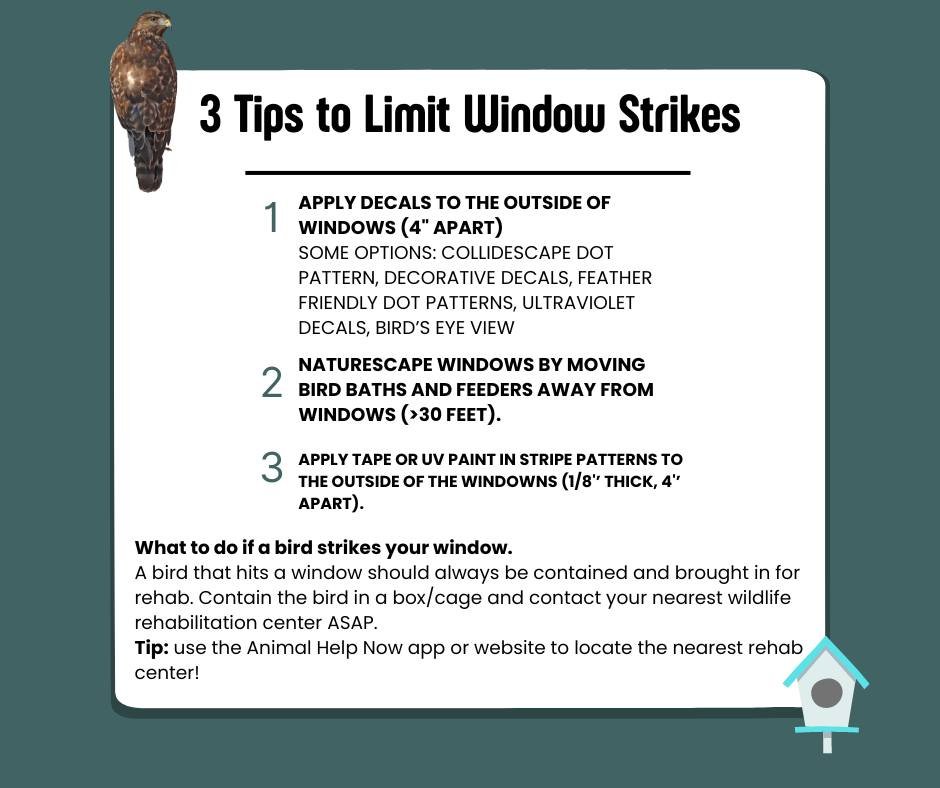
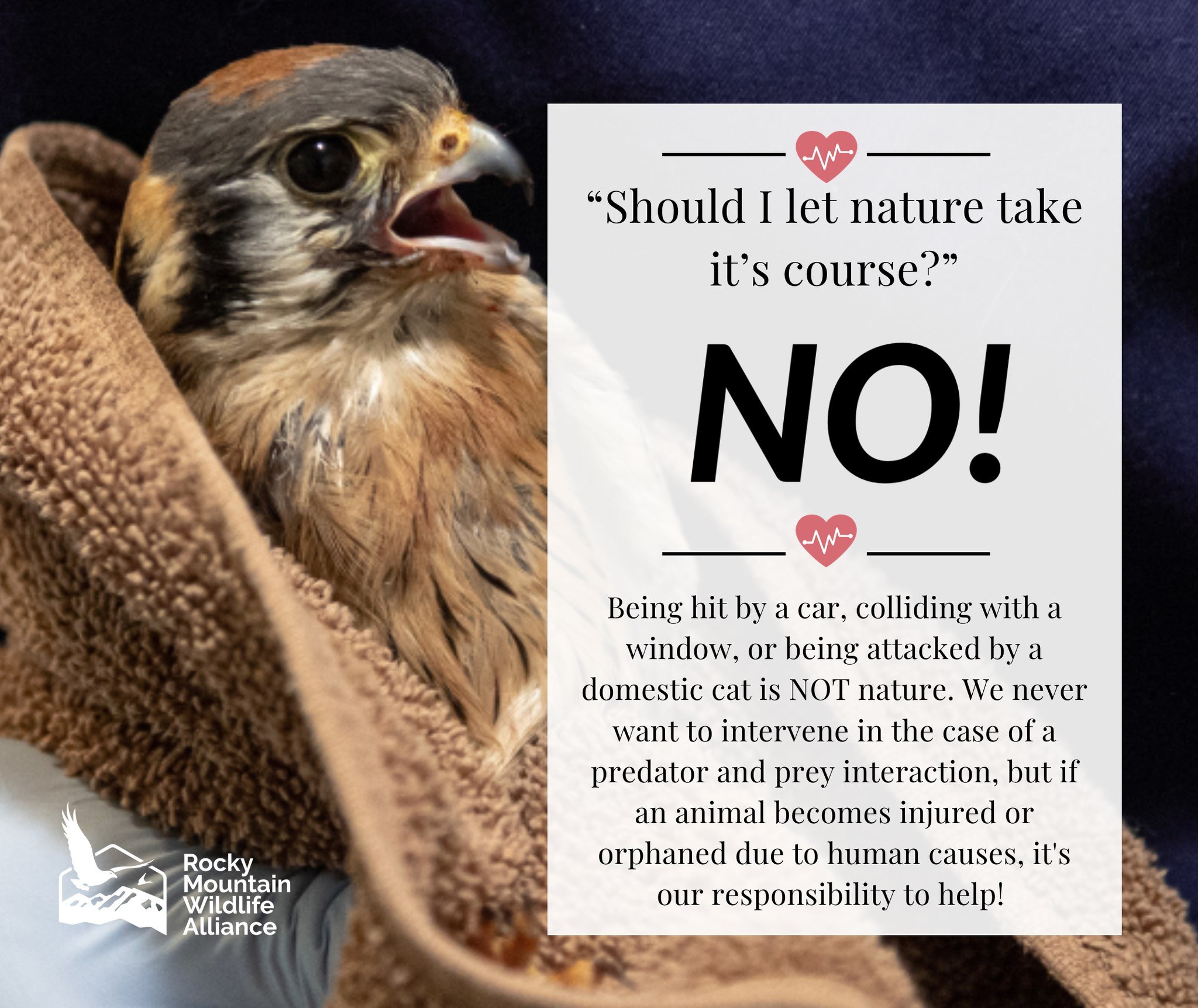
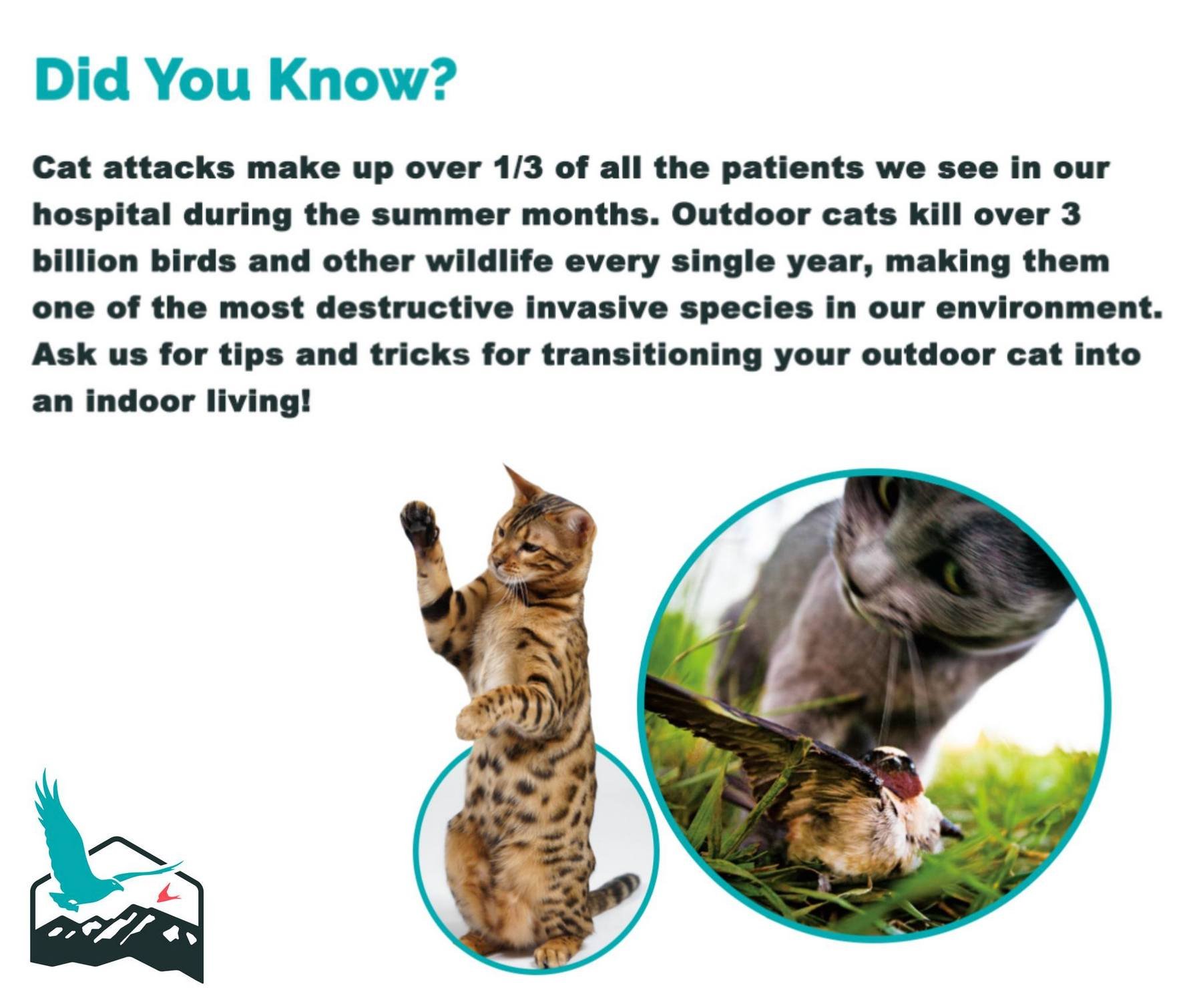
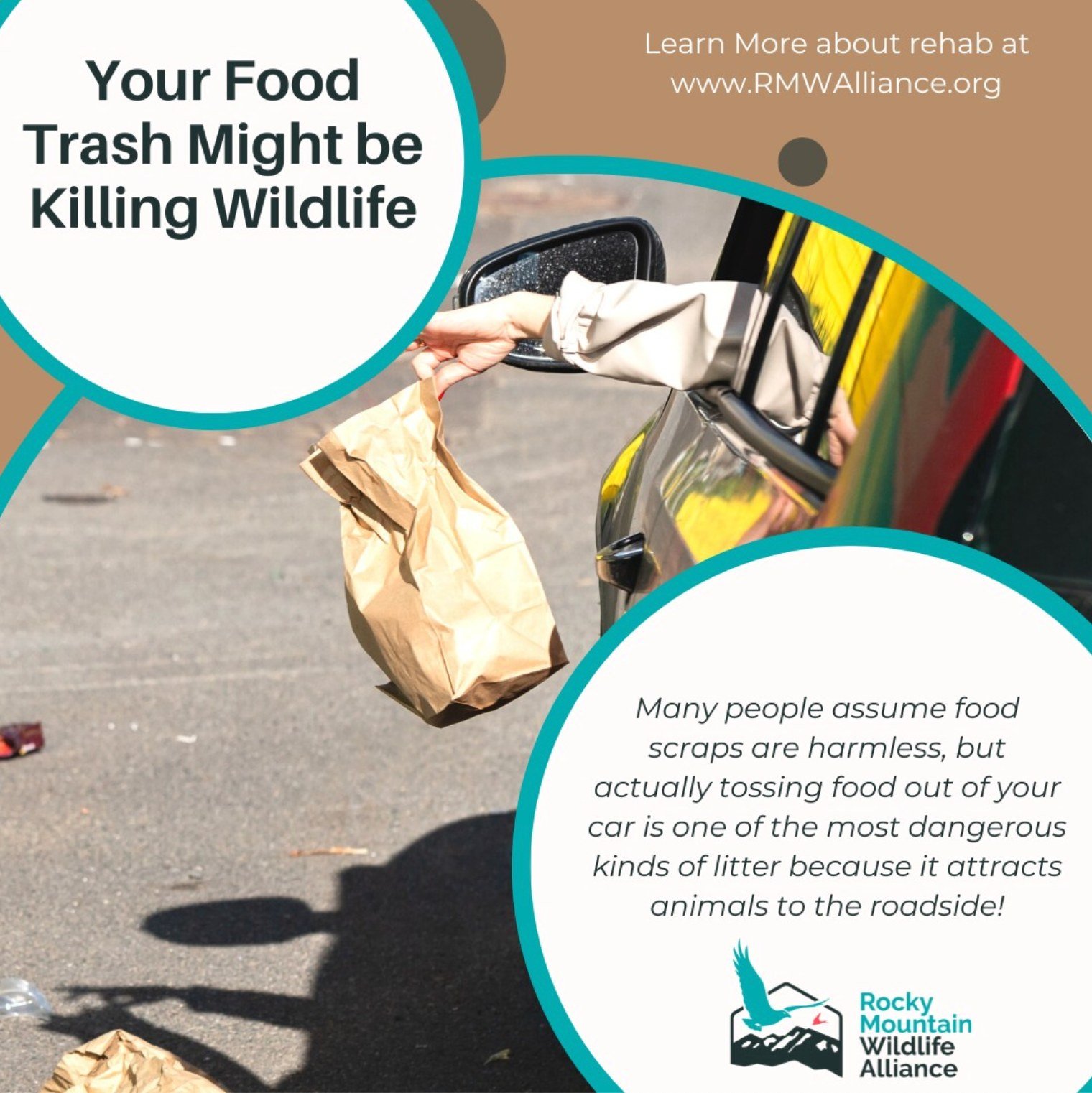
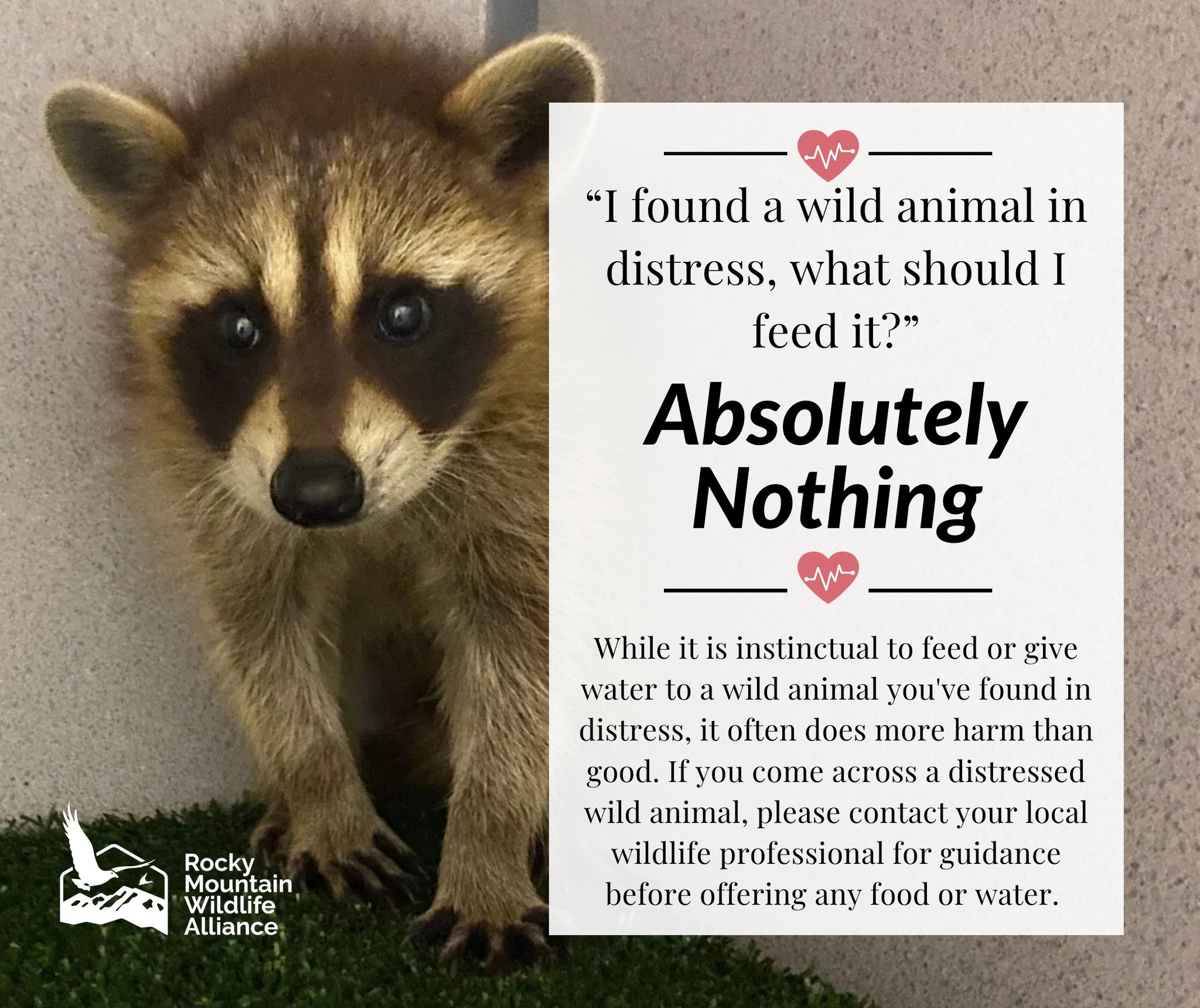


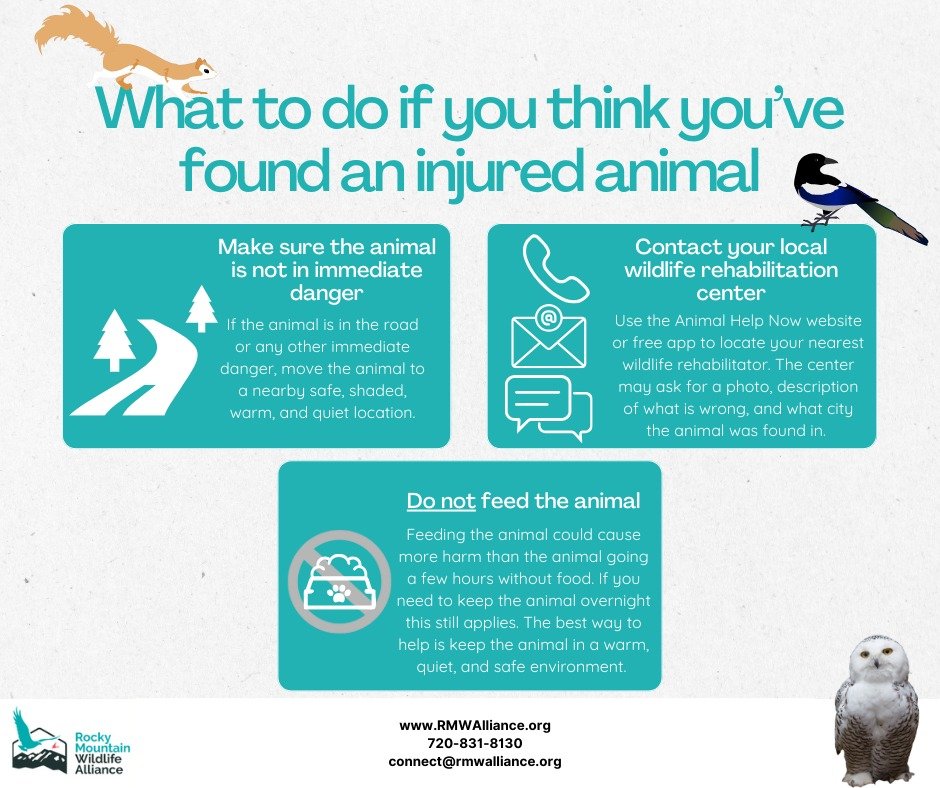

The presentation ended with a meet n greet with two of their wildlife ambassadors, each that have injuries that prevented them from returning to the wild. See below for images of their Red-Tailed Hawk and Great Horned Owl ambassadors who both had eye injuries as young birds. They were deemed unable to survive in the wild due to the permanent damage from their injuries.
The Rocky Mountain Wildlife Alliance is one of many organizations in the state of Colorado that can help wildlife. They are located in Sedalia, CO and have limited resources for being able to travel and rescue wildlife that is far away. You can always do a Google search for organizations located close to where you are seeing the wildlife in need - or you can use the website/app “Animal Help Now”. You can download the app in the Google Play Store or in the Apple App Store.
Additionally, the Rocky Mountain Wildlife Alliance is certified to help wildlife that is bobcat size and smaller, and they specialize in rehabilitating birds of prey. If you see a larger animal in need, a quick Google Search or use of the Animal Help Now app should help.
Thank you to the Rocky Mountain Wildlife Alliance for providing in-depth information and resources as “busy” season gets underway! If you feel compelled to donate to their cause, you can do so directly on their website, or indirectly through King Soopers and Walmart when you shop. You an also go to their current Amazon Wishlist. I know they are also always looking for donations of supplies and volunteers! Visit their website or click through the slides below to learn how you can donate/support them today! All graphics courtesy of Rocky Mountain Wildlife Alliance.
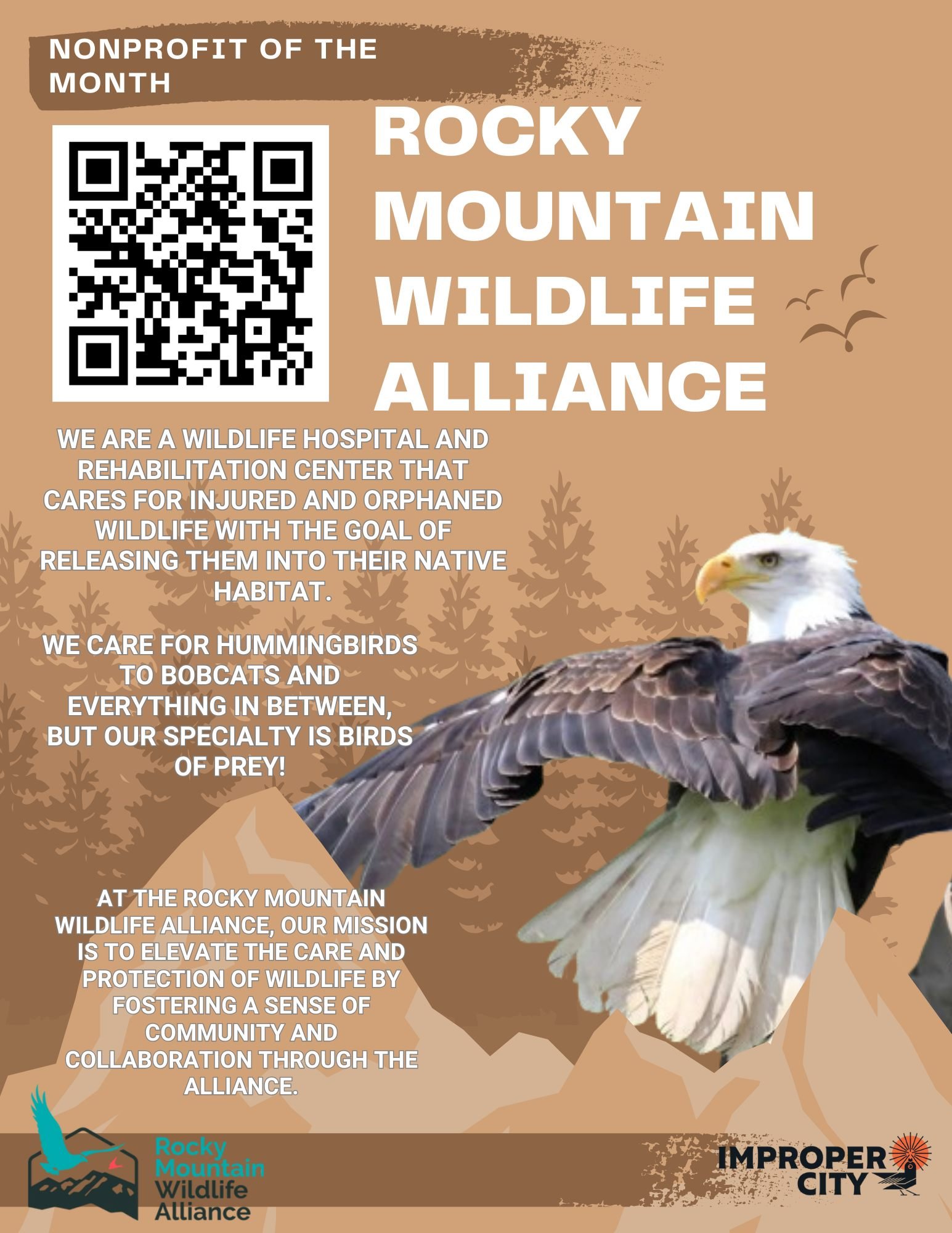
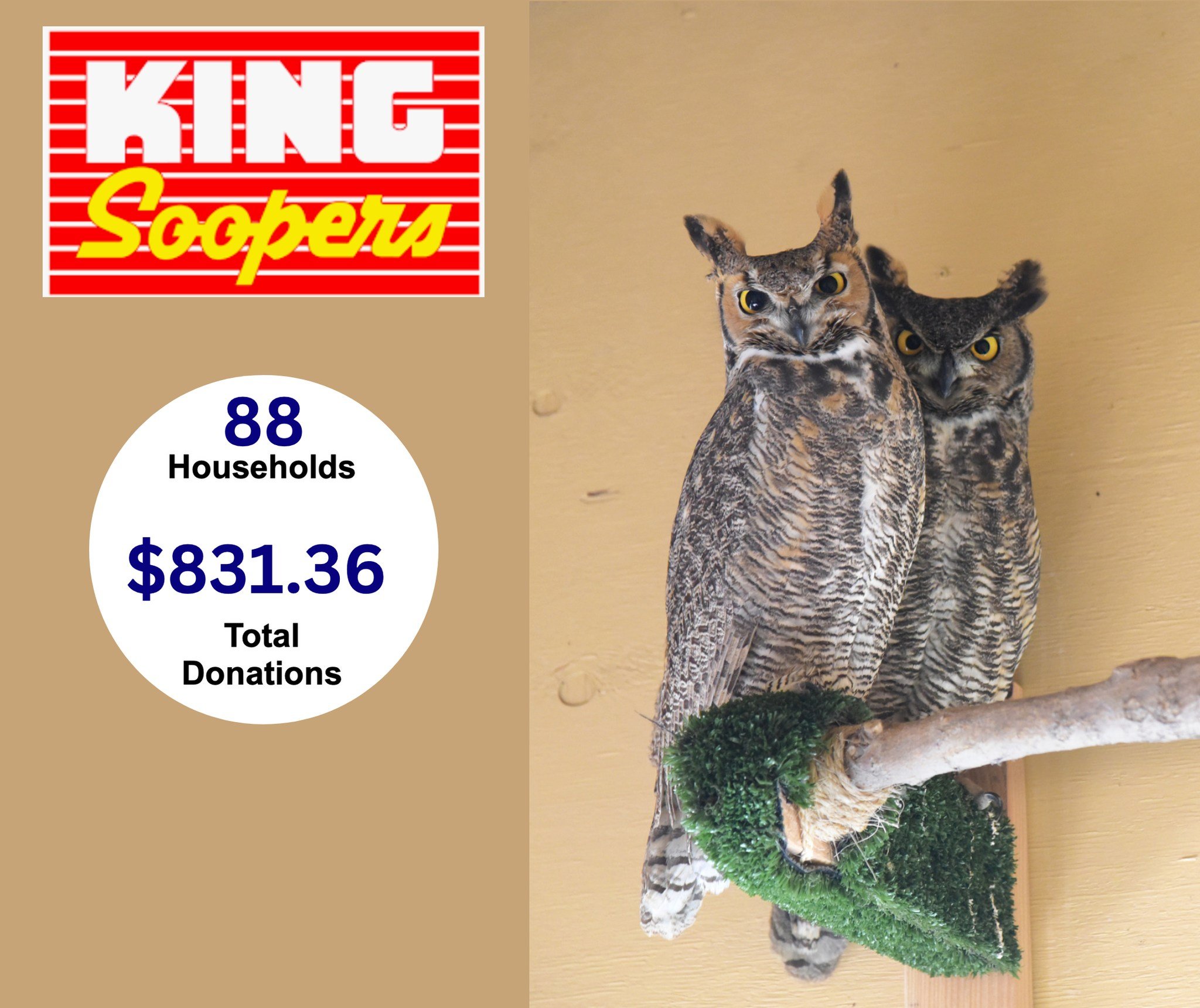
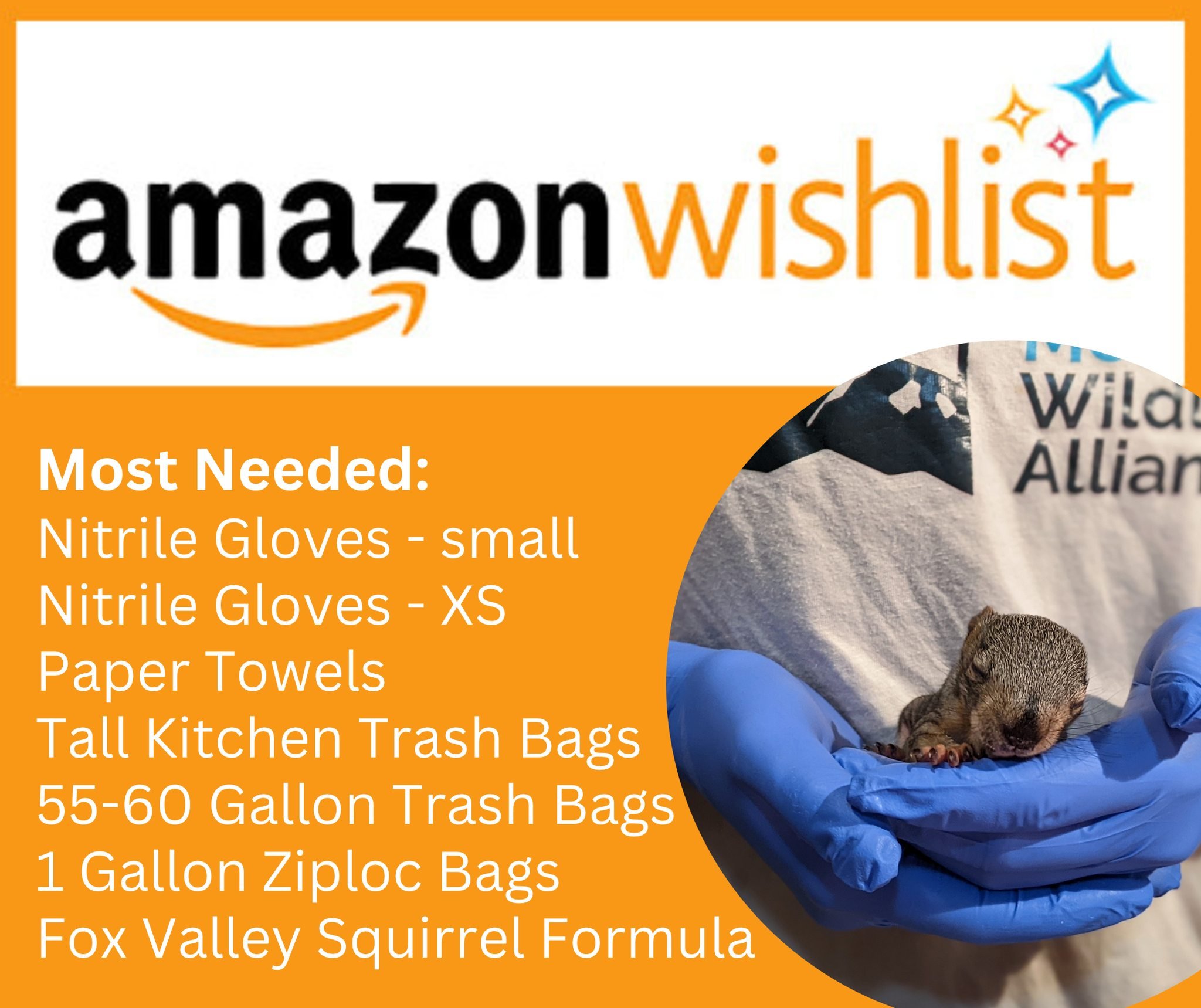
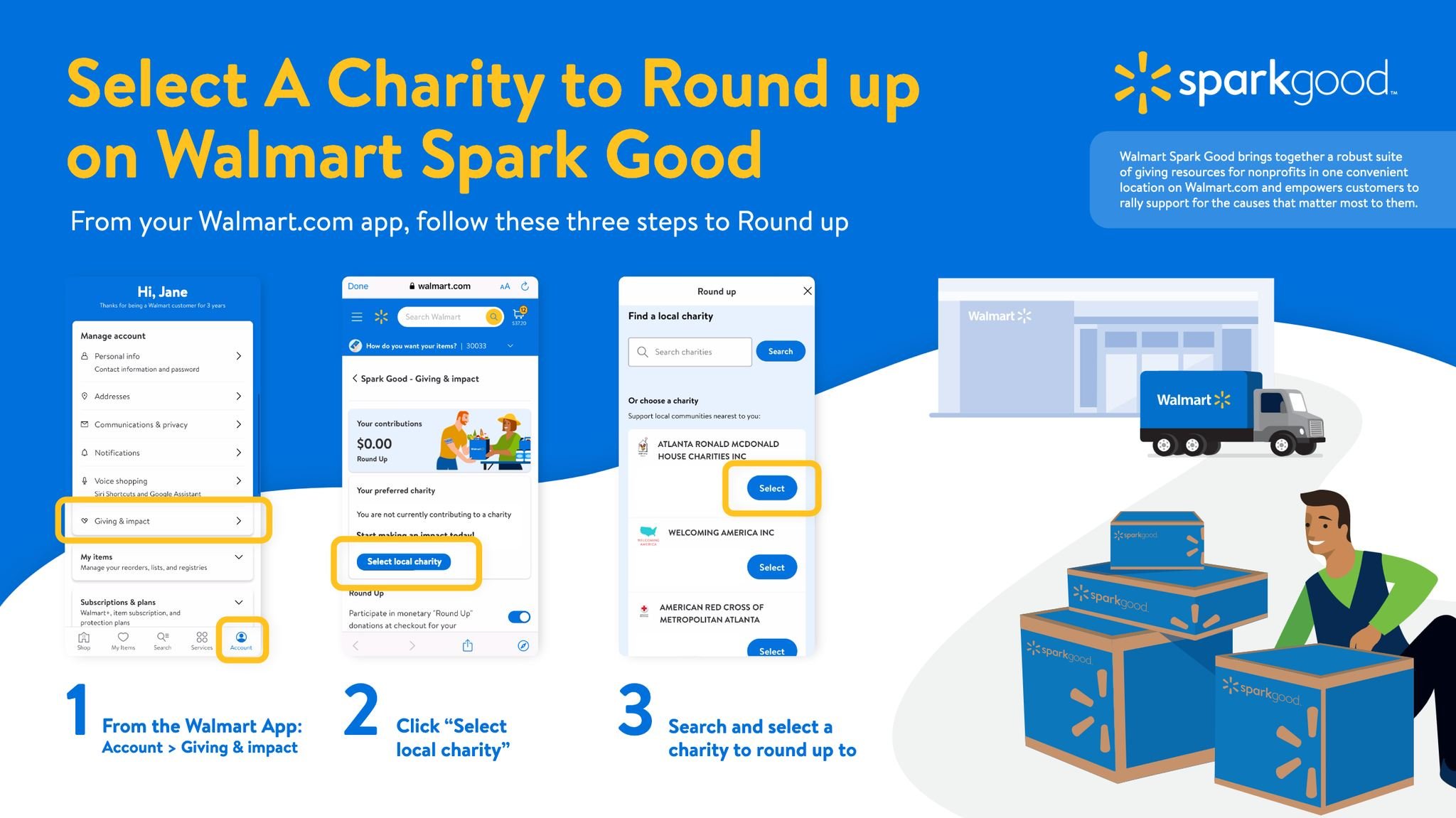

On Sunday, March 10, I also participated in a Burrowing Owl Monitoring training put on by Urban Prairies Project through the Butterfly Pavilion. With this training, I will be able to help several municipalities monitor the Burrowing Owl populations (or lack thereof) which will contribute to management decisions regarding public open spaces and educating the public on coexisting with the owls and other creatures that inhabit the same lands.
There was a group of about 20 volunteers that showed up and together we discussed how to identify burrowing owls, some of their key traits and behaviors, what is needed in a habitat for them to thrive, what other species (plant and animal) they coexist with, threats to their existence and habitat, and how to observe and report them without interfering in their daily lives.
Here are some facts about Burrowing Owls:
They stand approximately 9” tall
They look and sound (with some of their calls) a lot like Prairie Dogs - whom they typically have as neighbors where they live
Burrowing Owls do just that - burrow in the ground. They typically live in old Prairie Dog and Ground Squirrel burrows
The majority of their diet is insect, and some Burrowing Owls have been found to lure their favorite treat - dung beetles - by laying dung all around their burrow entrances and even inside.
Burrowing Owls are endangered or threatened in many areas, as short grass prairie habitats are in decline & threats to the owls increase (mostly human caused!)
Burrowing Owls make their homes all over the Midwest and Western United States - they migrate to warmer climates in the southern US or Mexico (or further) for the winter. There are some year-round residents in the southern states, especially in Florida.
Burrowing Owls may have large families (up to 12 offspring in a clutch in the western states!) and the male will be the primary food-bringer while the female incubates eggs and stays with young for the first couple weeks after they hatch
Please enjoy a little gallery of Burrowing Owls (and other wildlife you may encounter in their habitat) below:
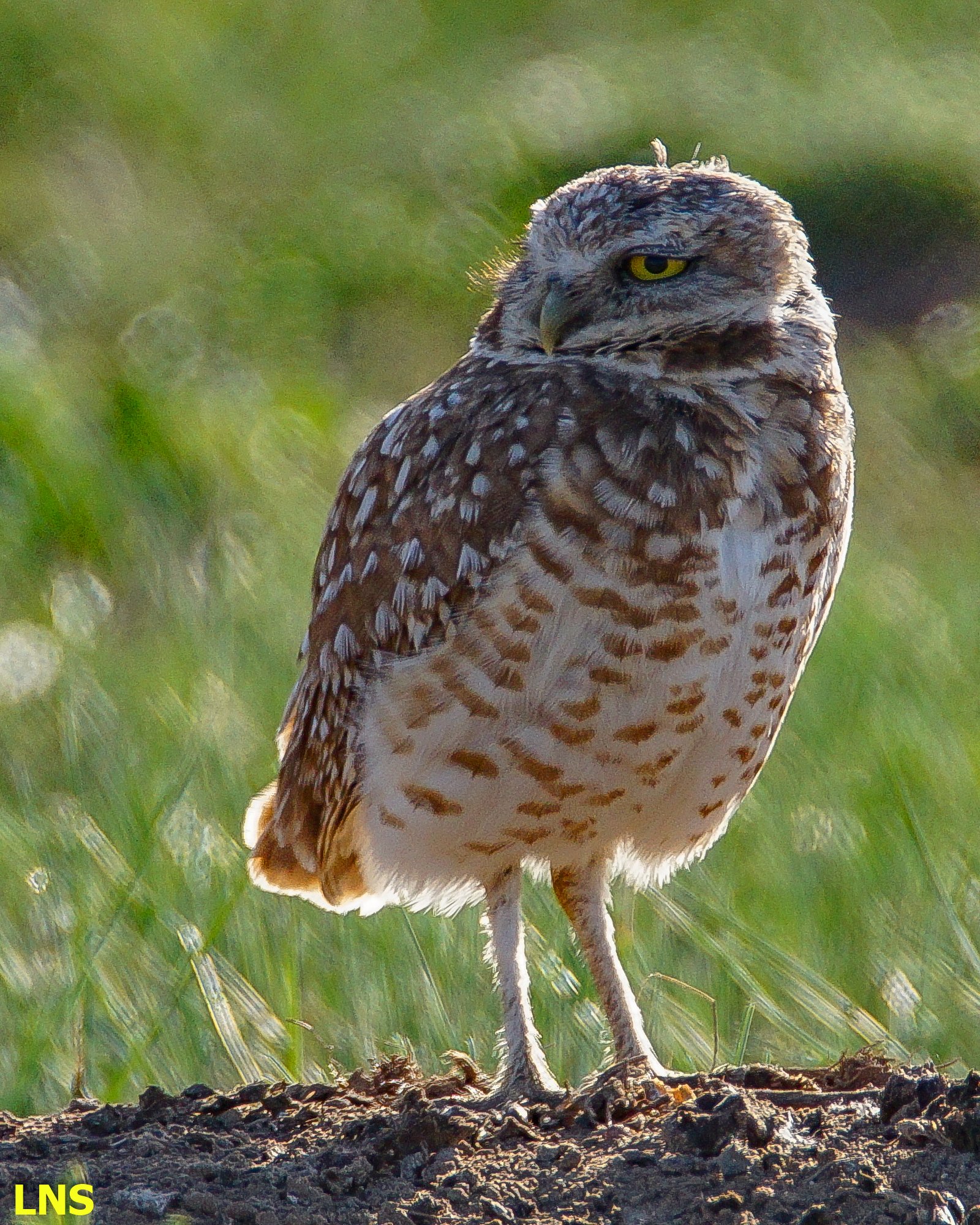
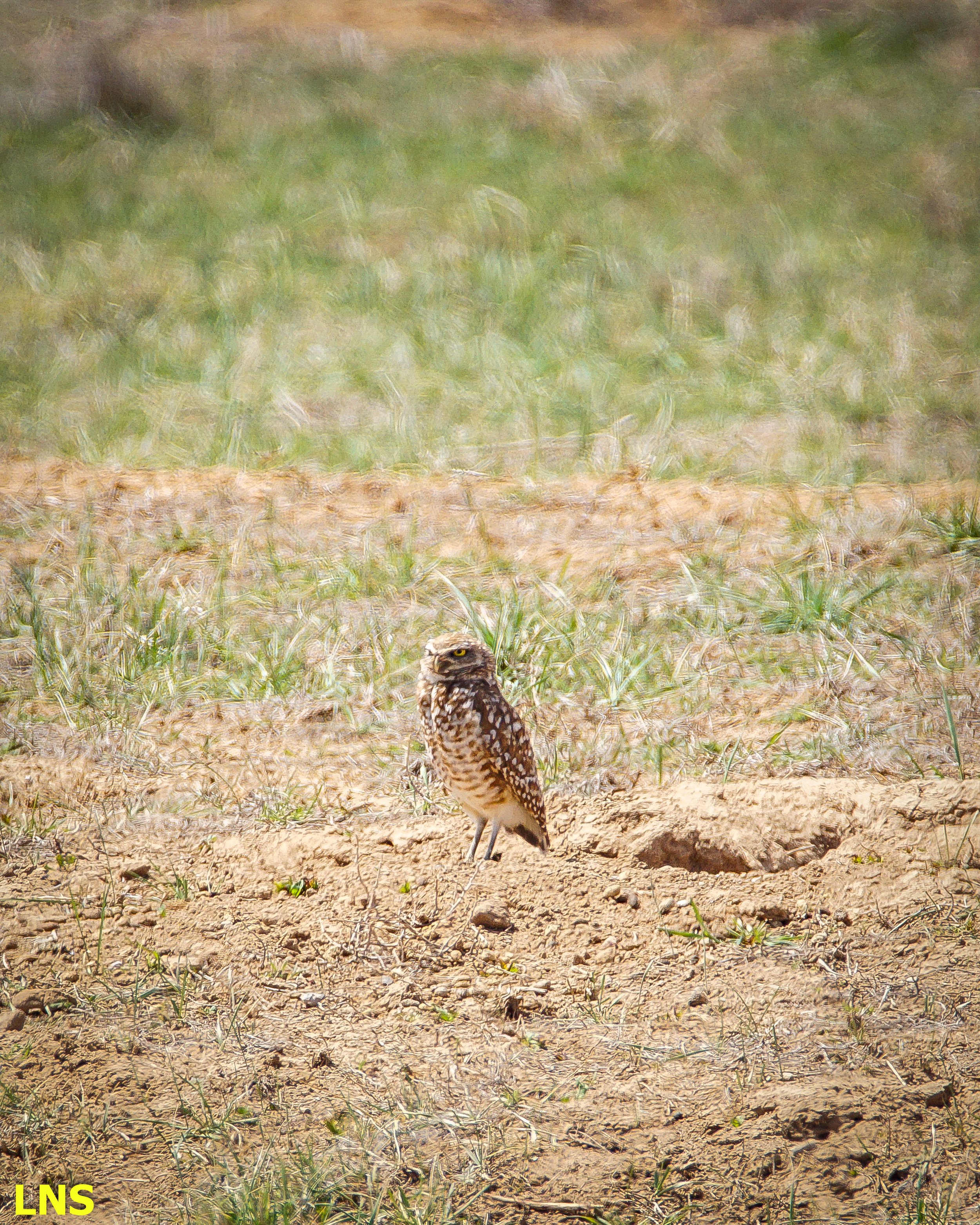
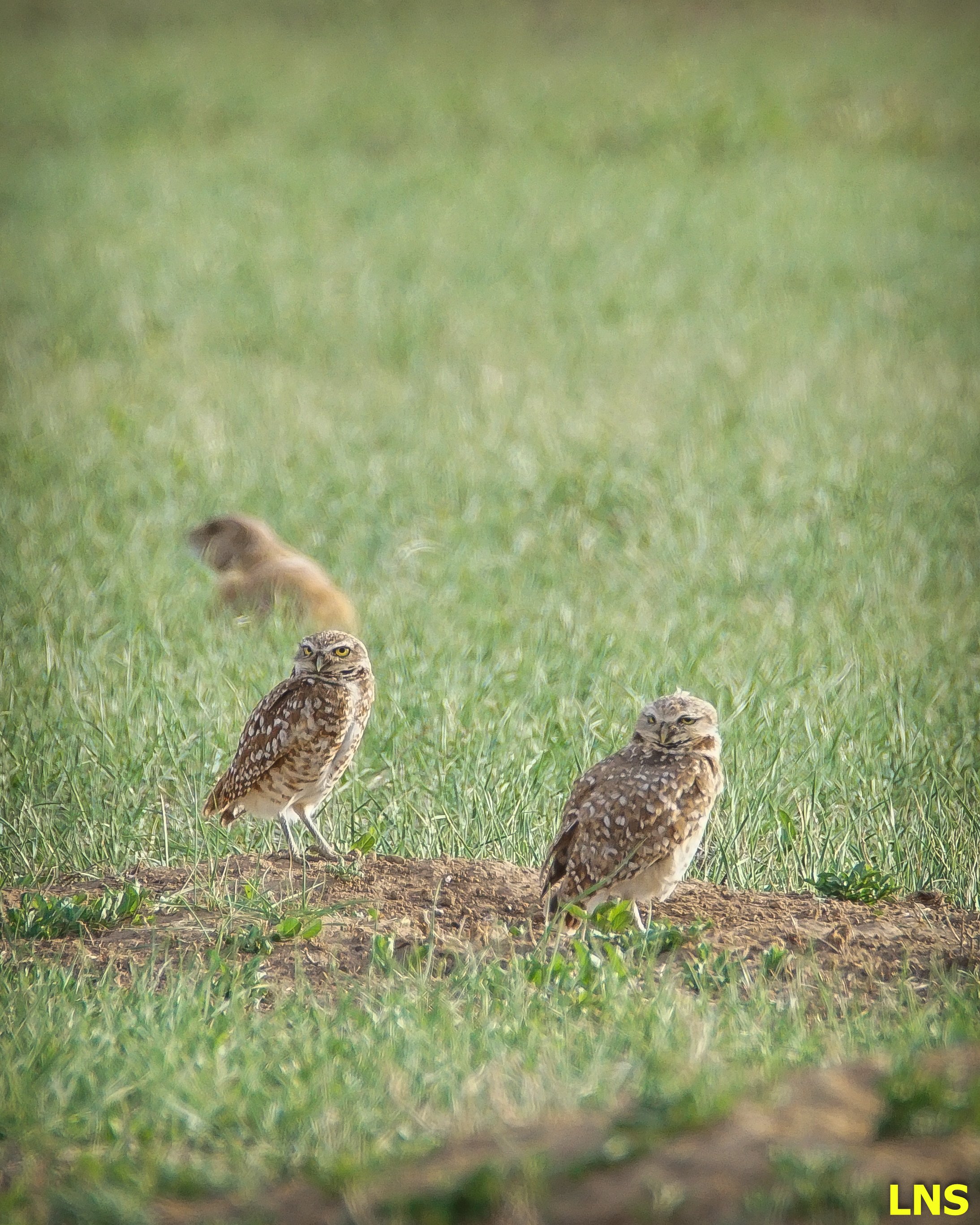
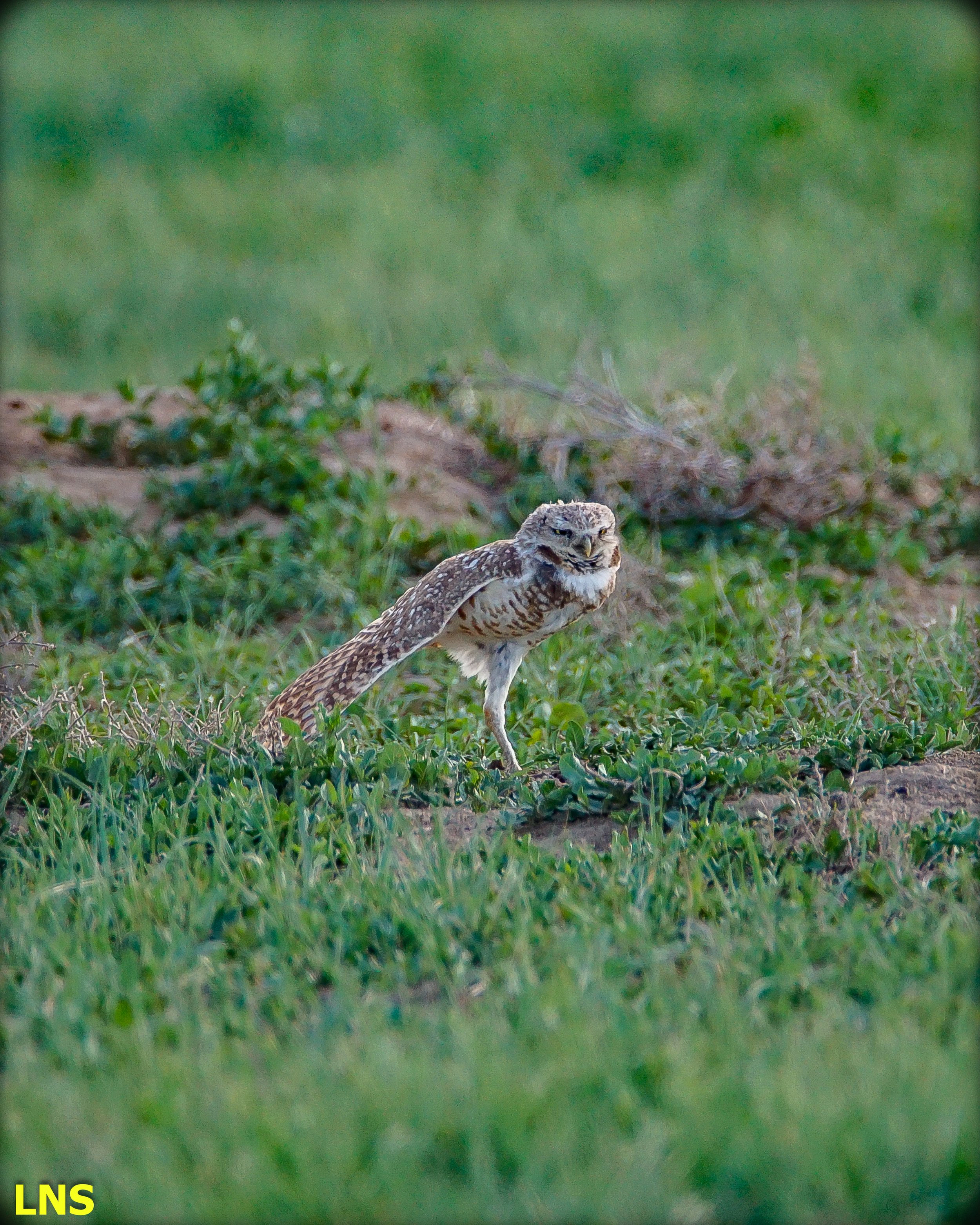

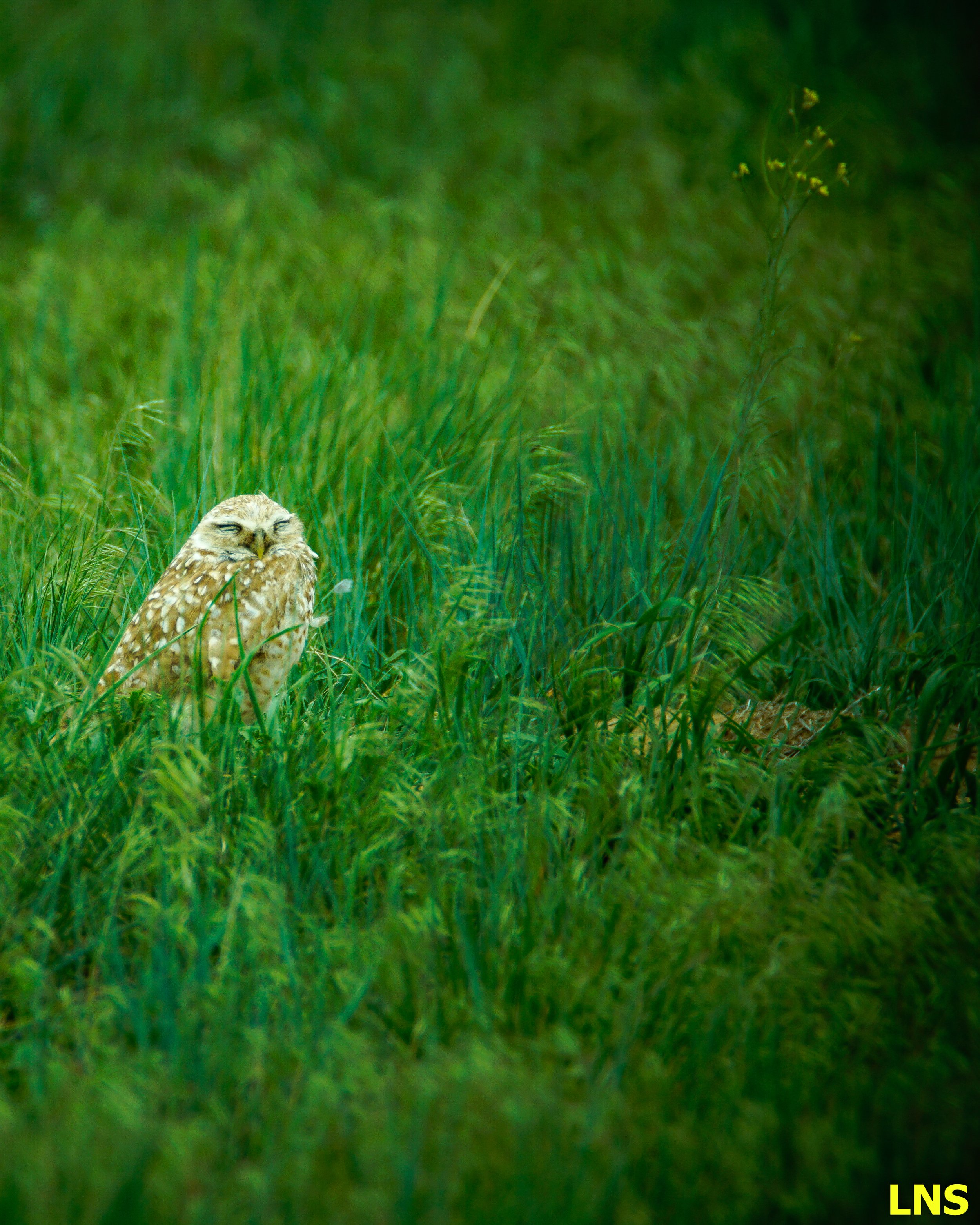
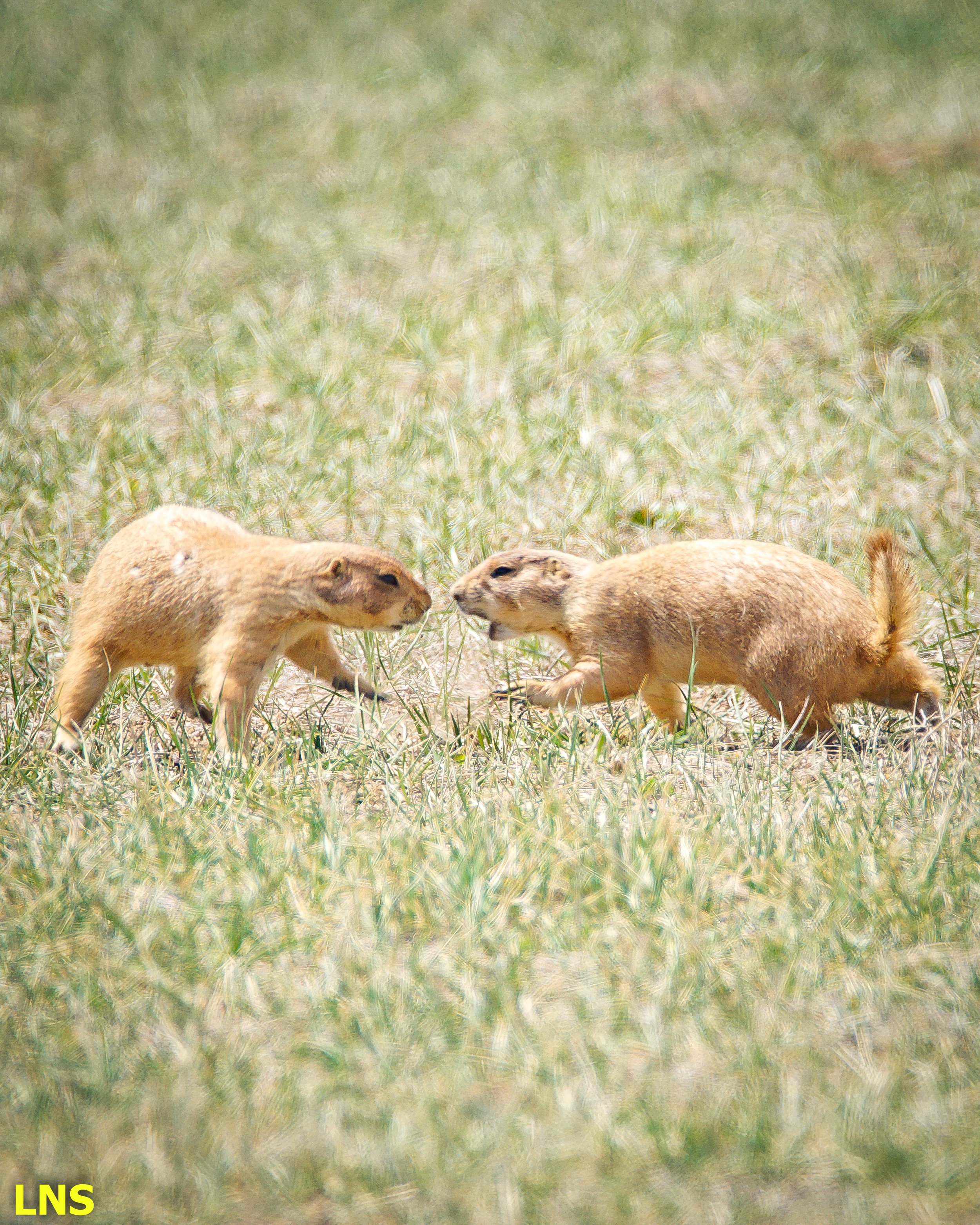
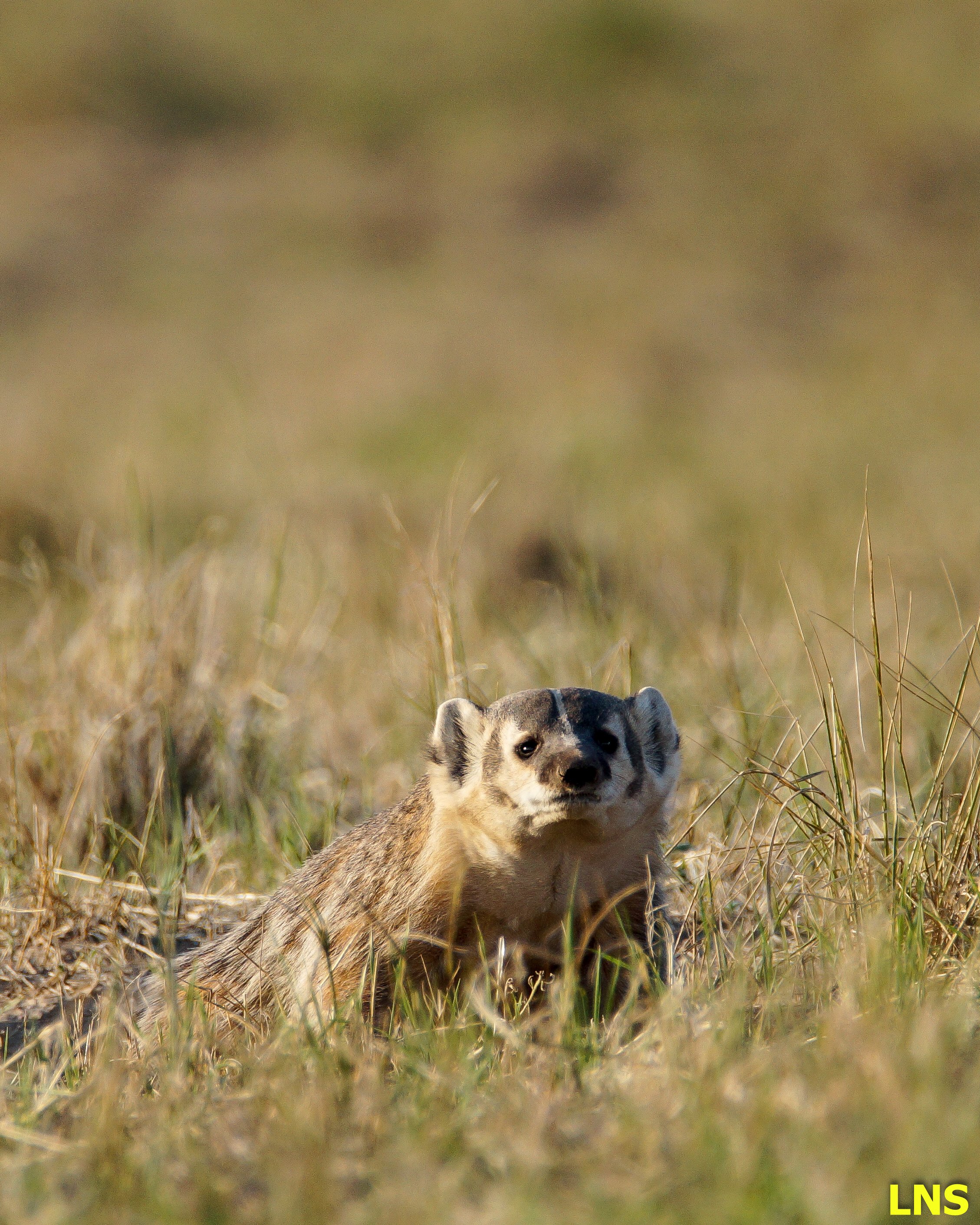
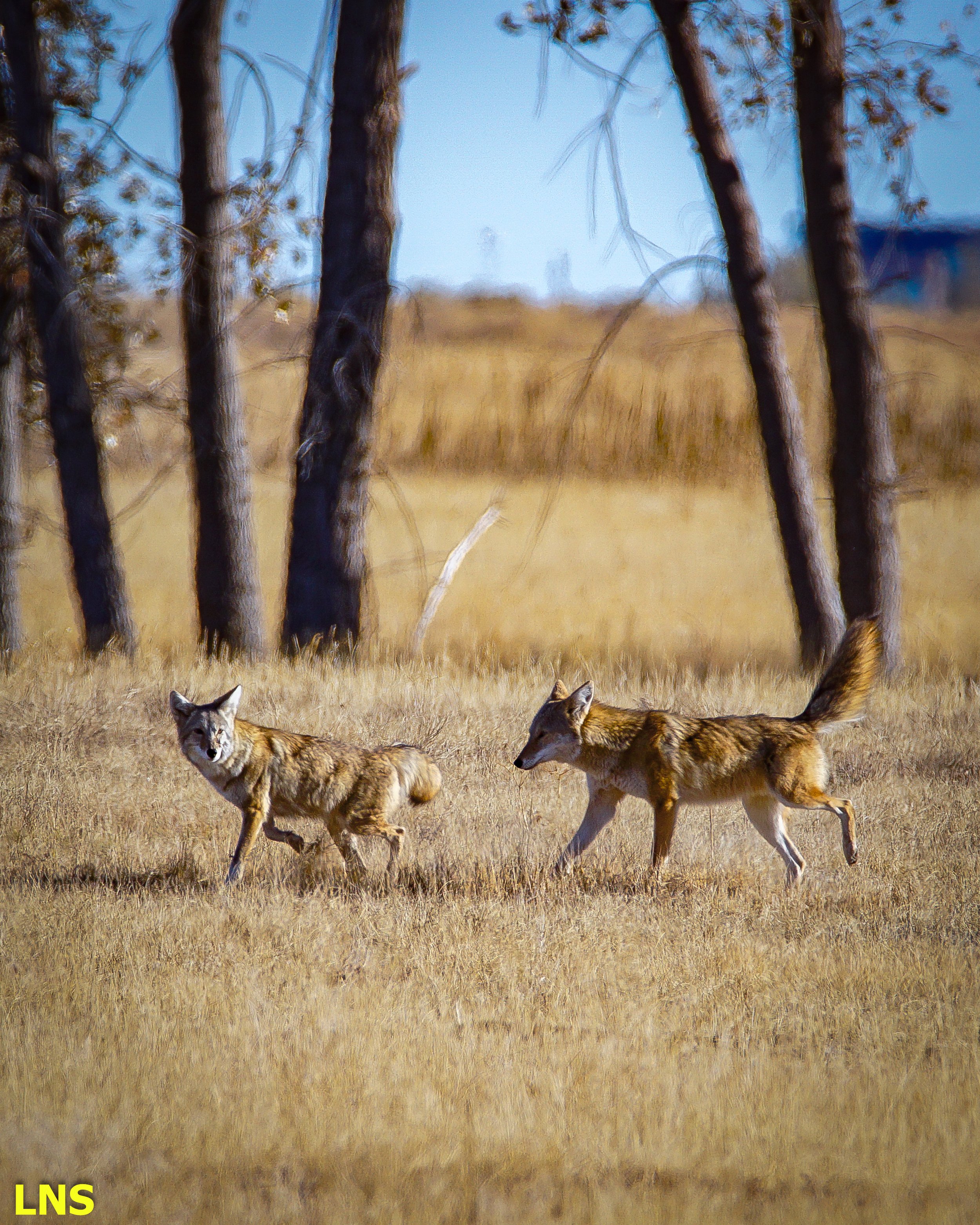
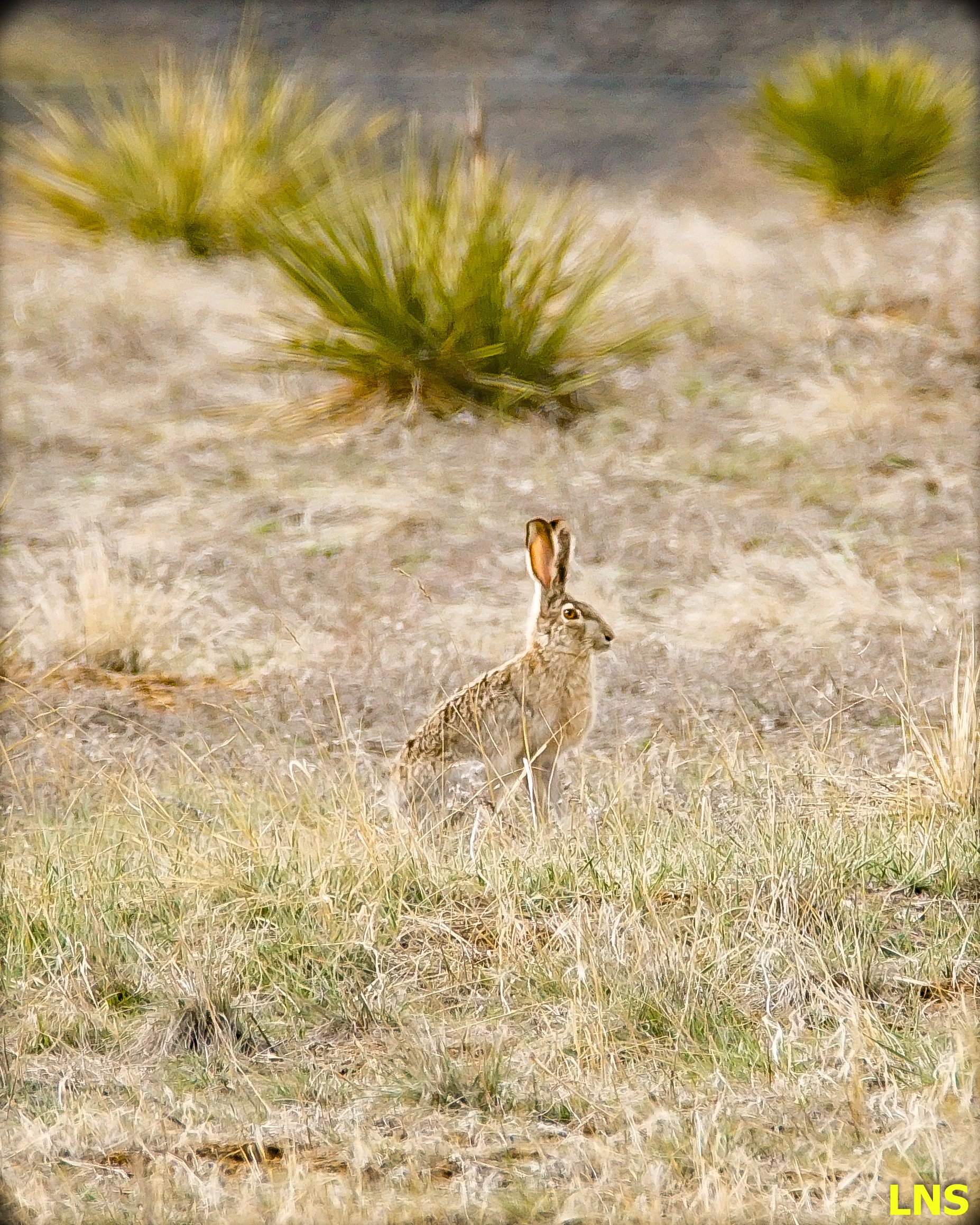
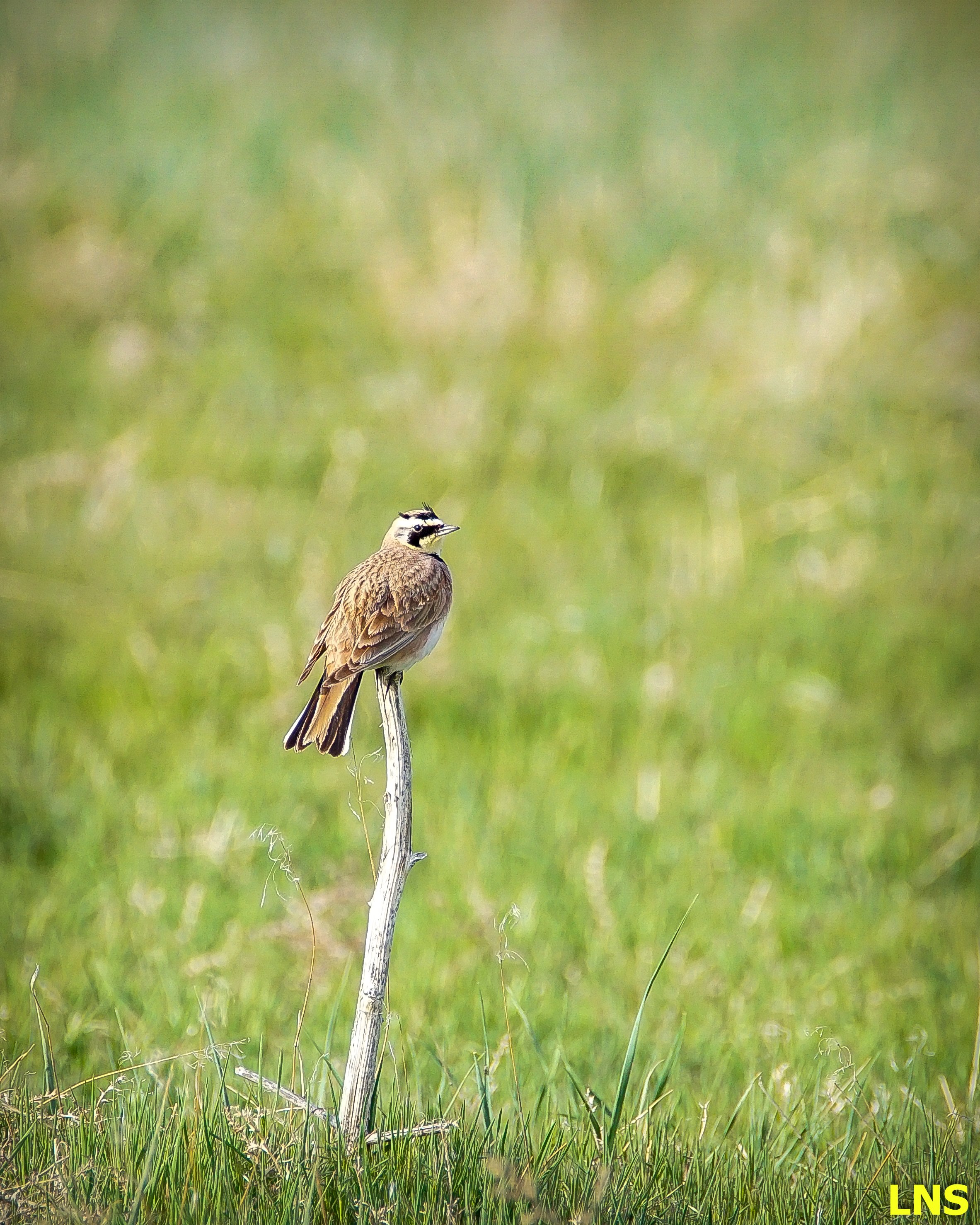
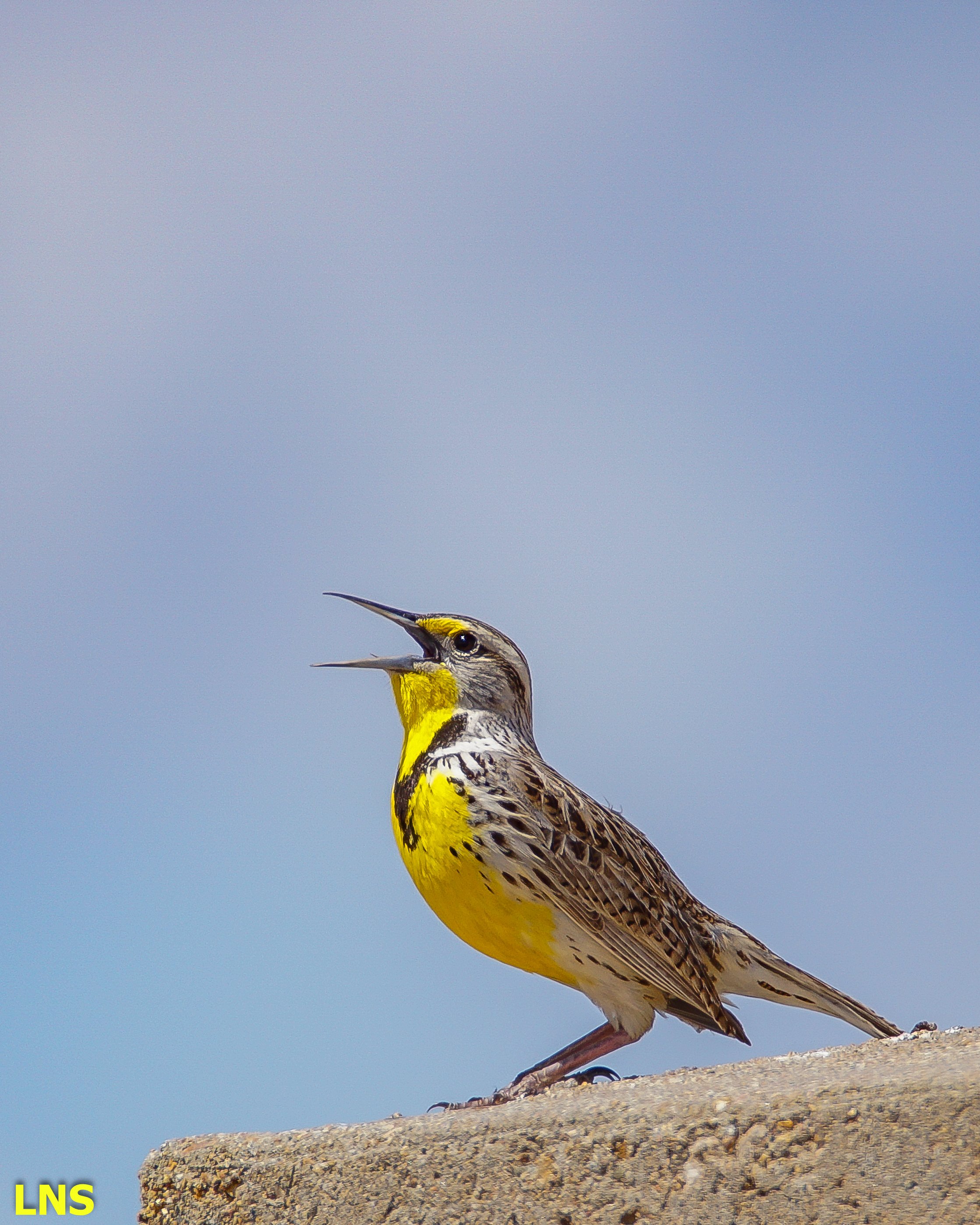
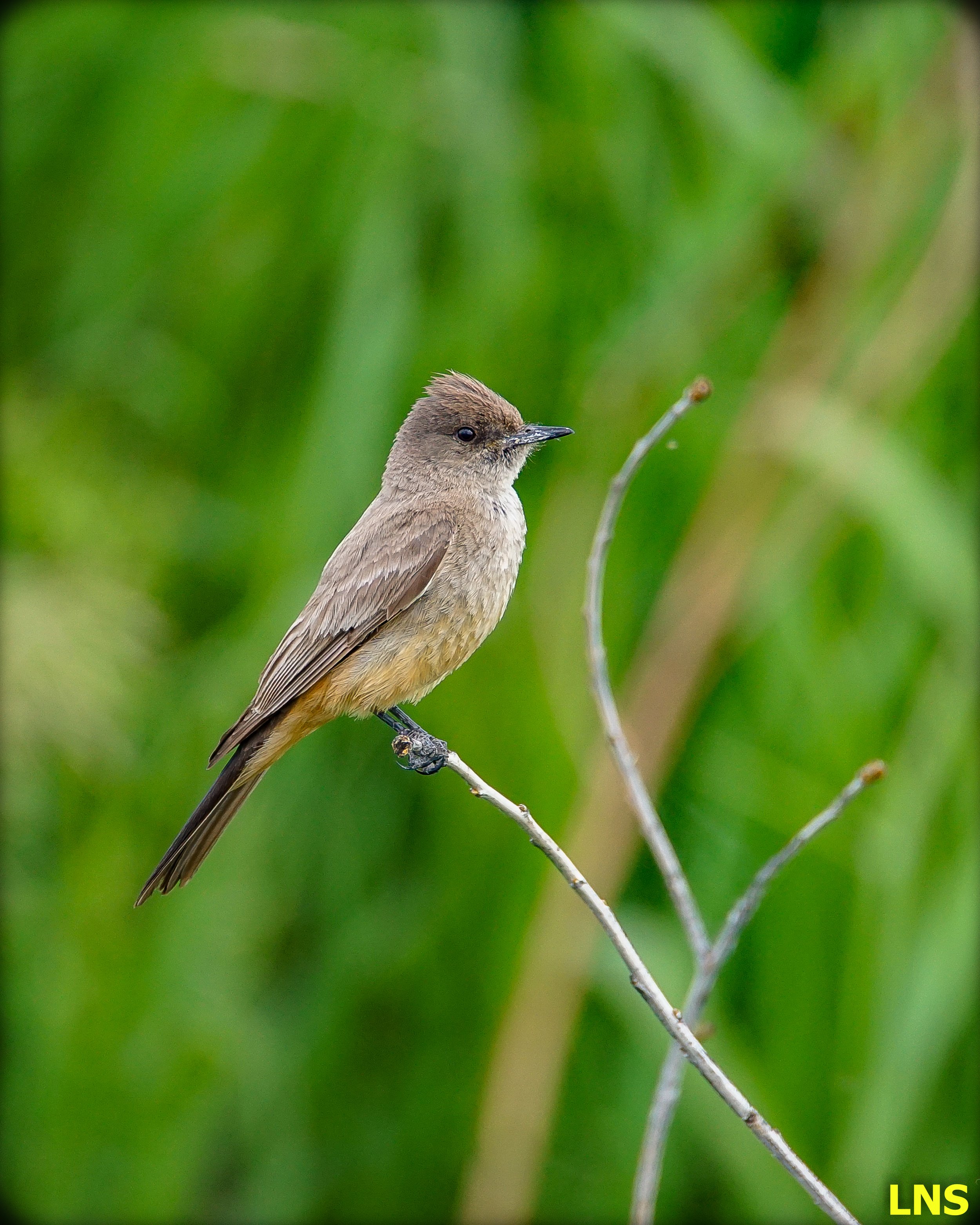
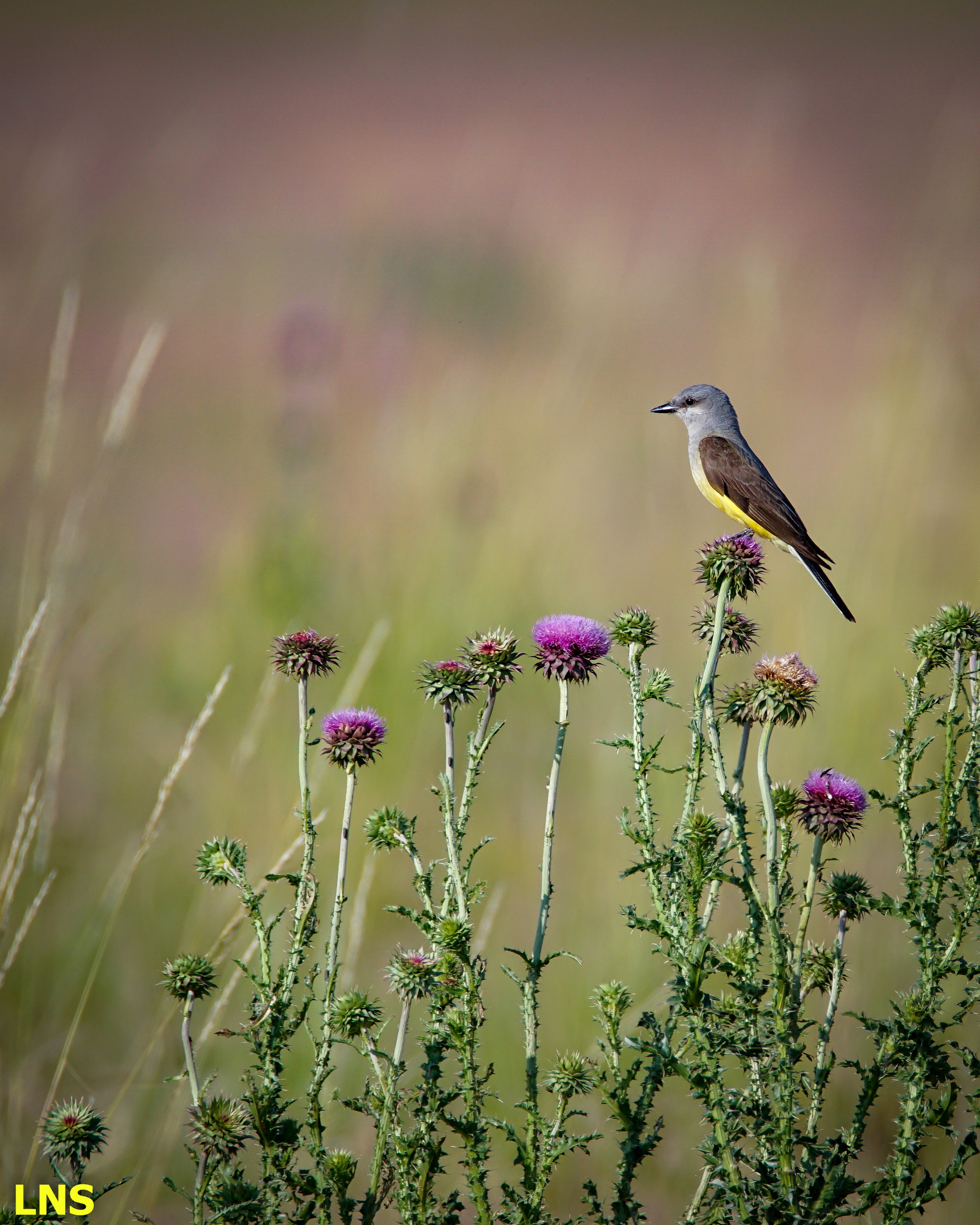
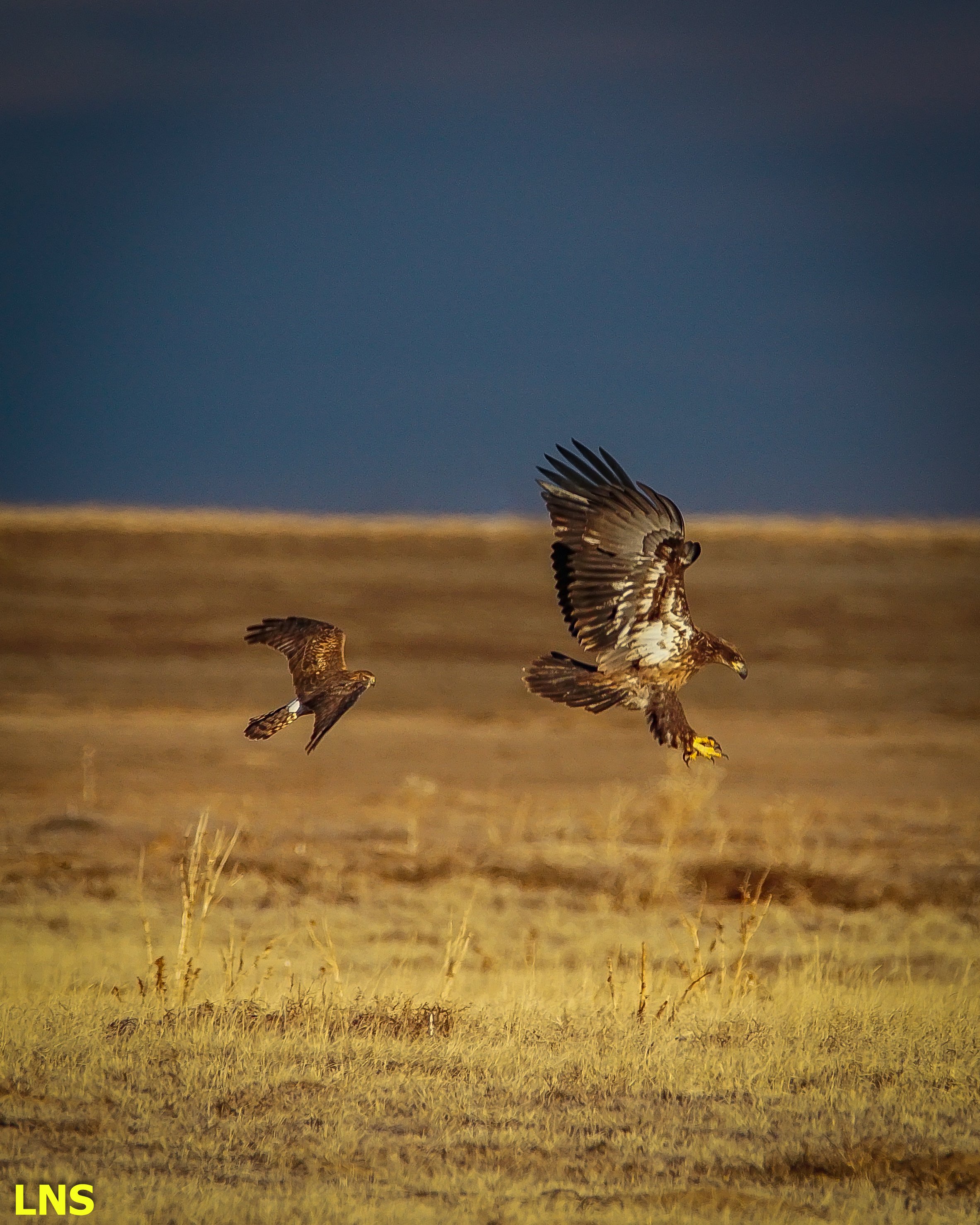
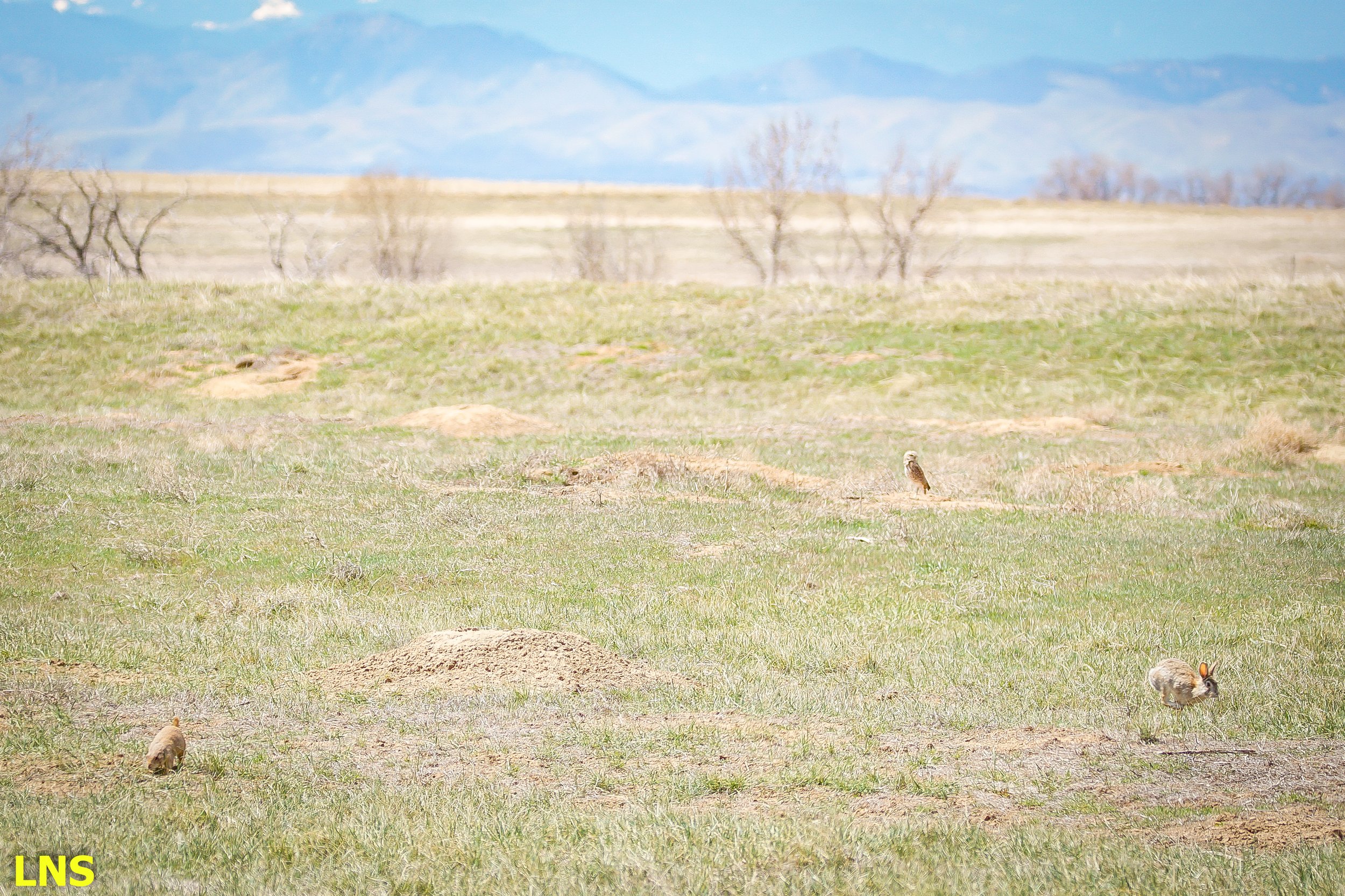
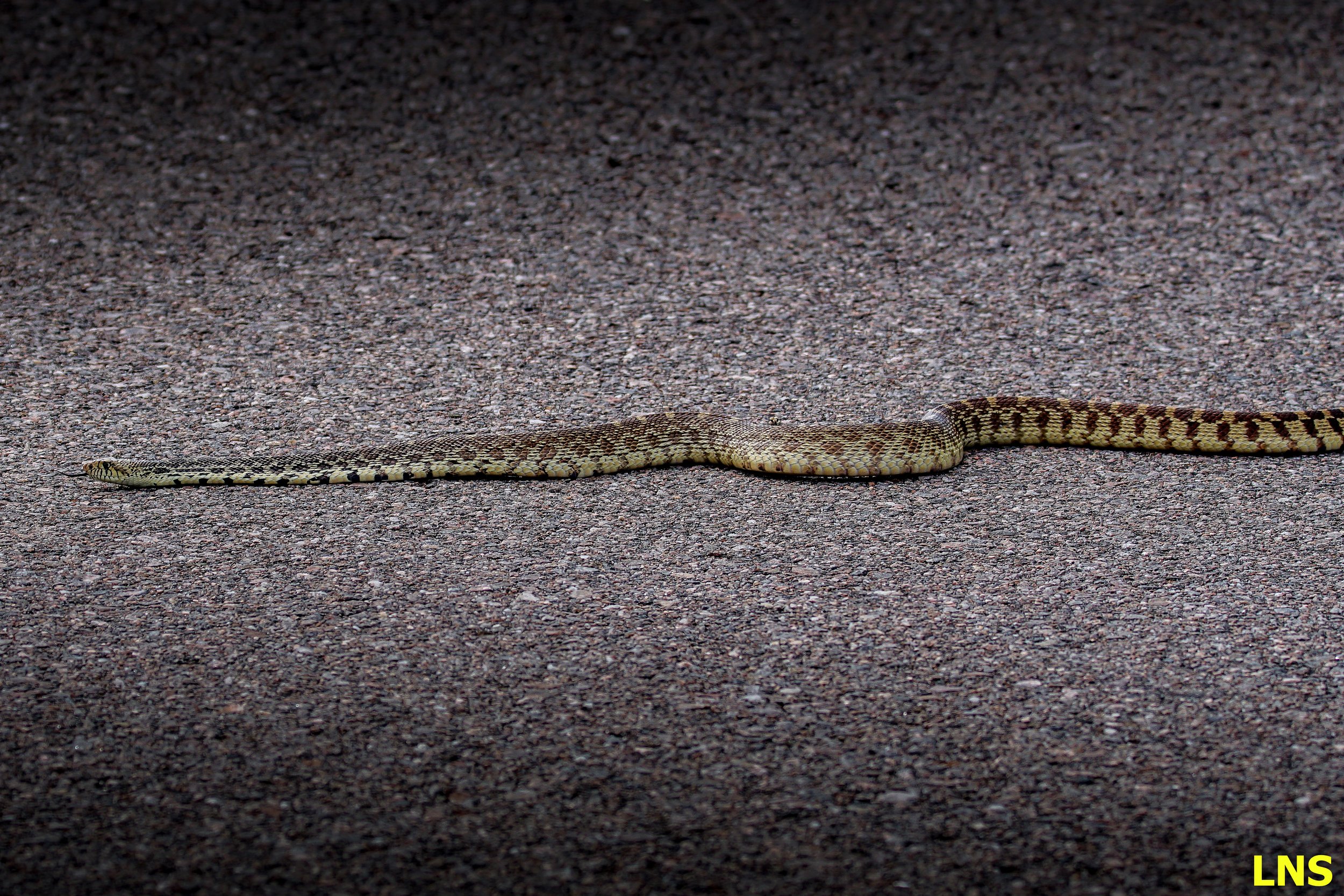
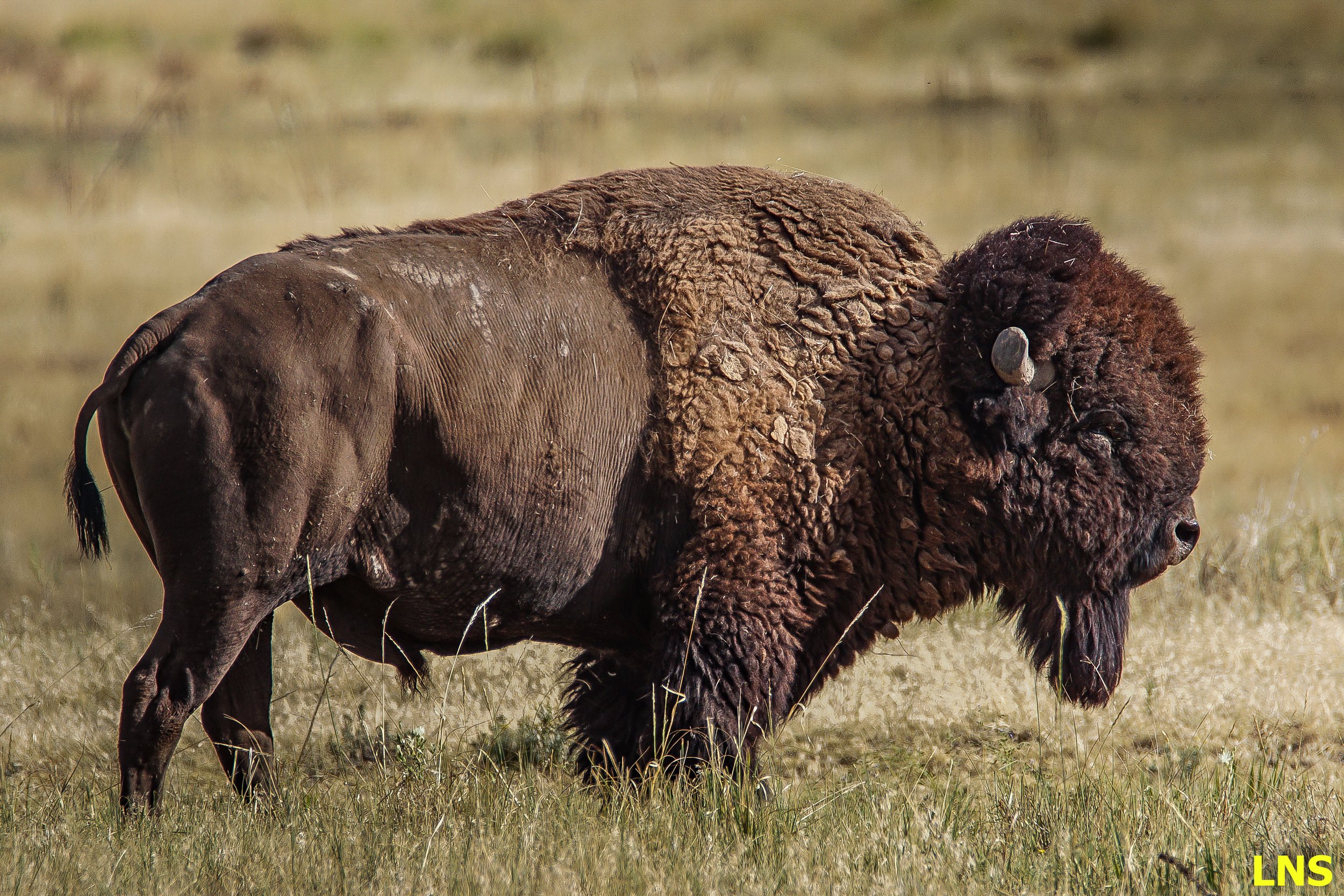
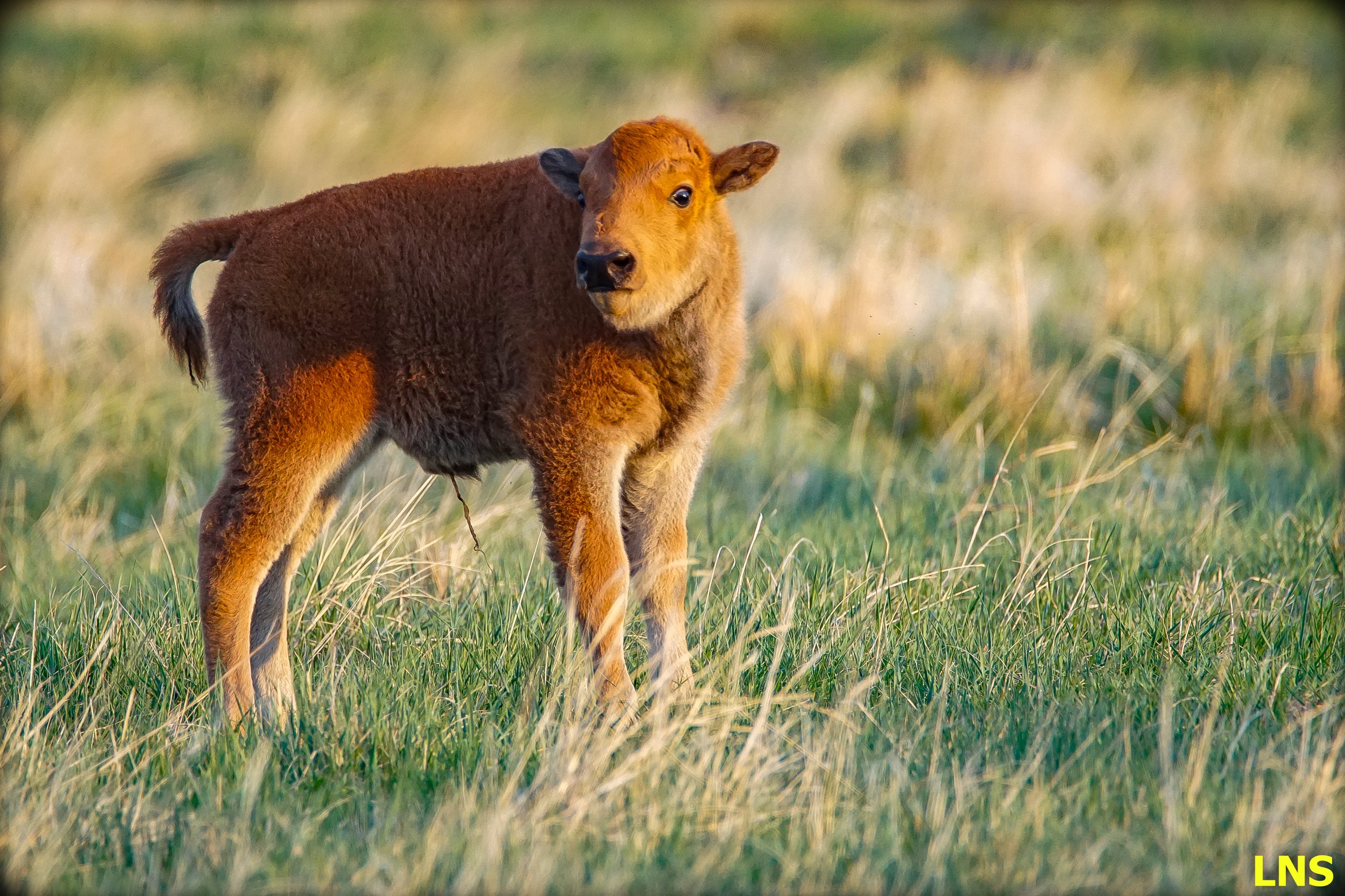
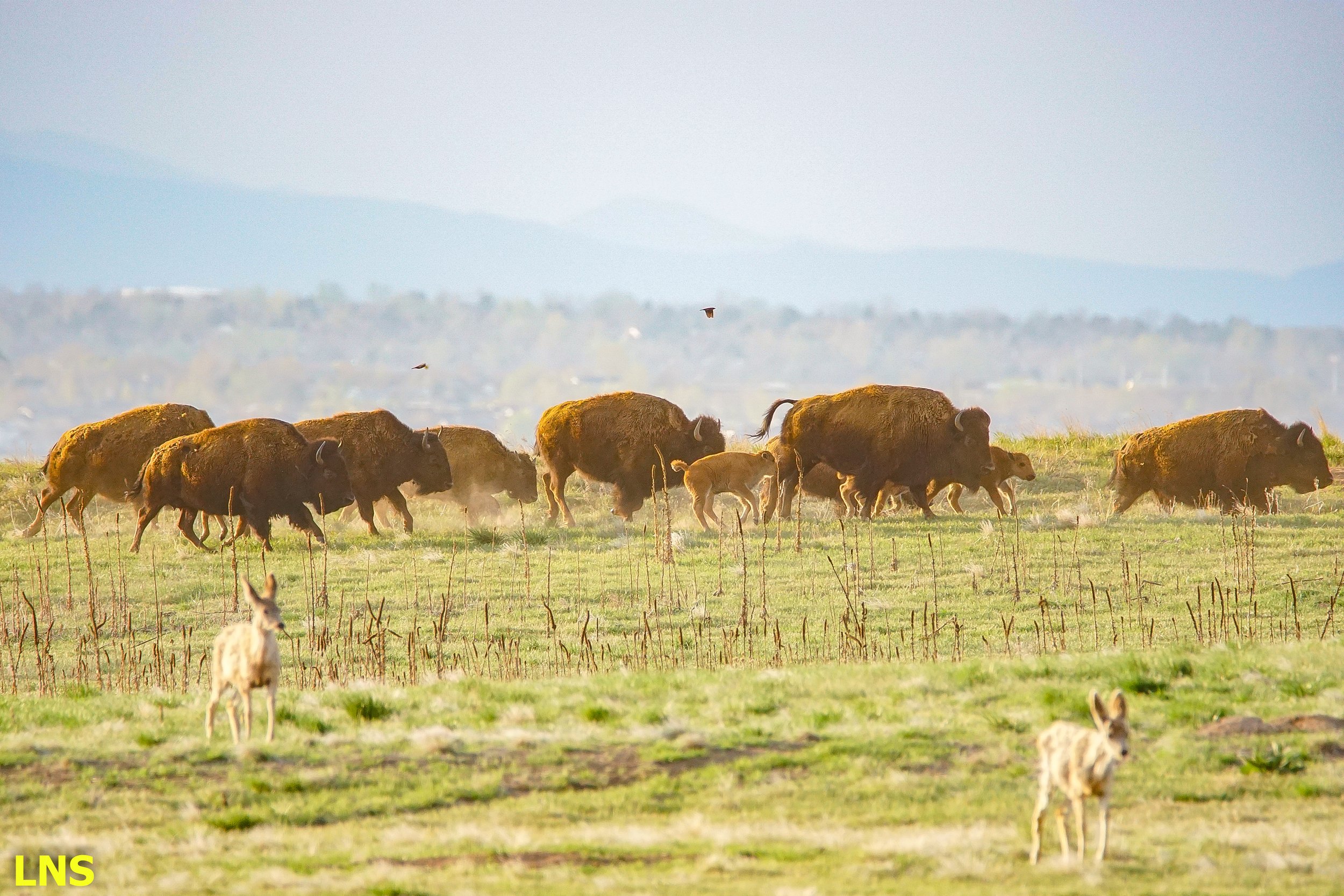

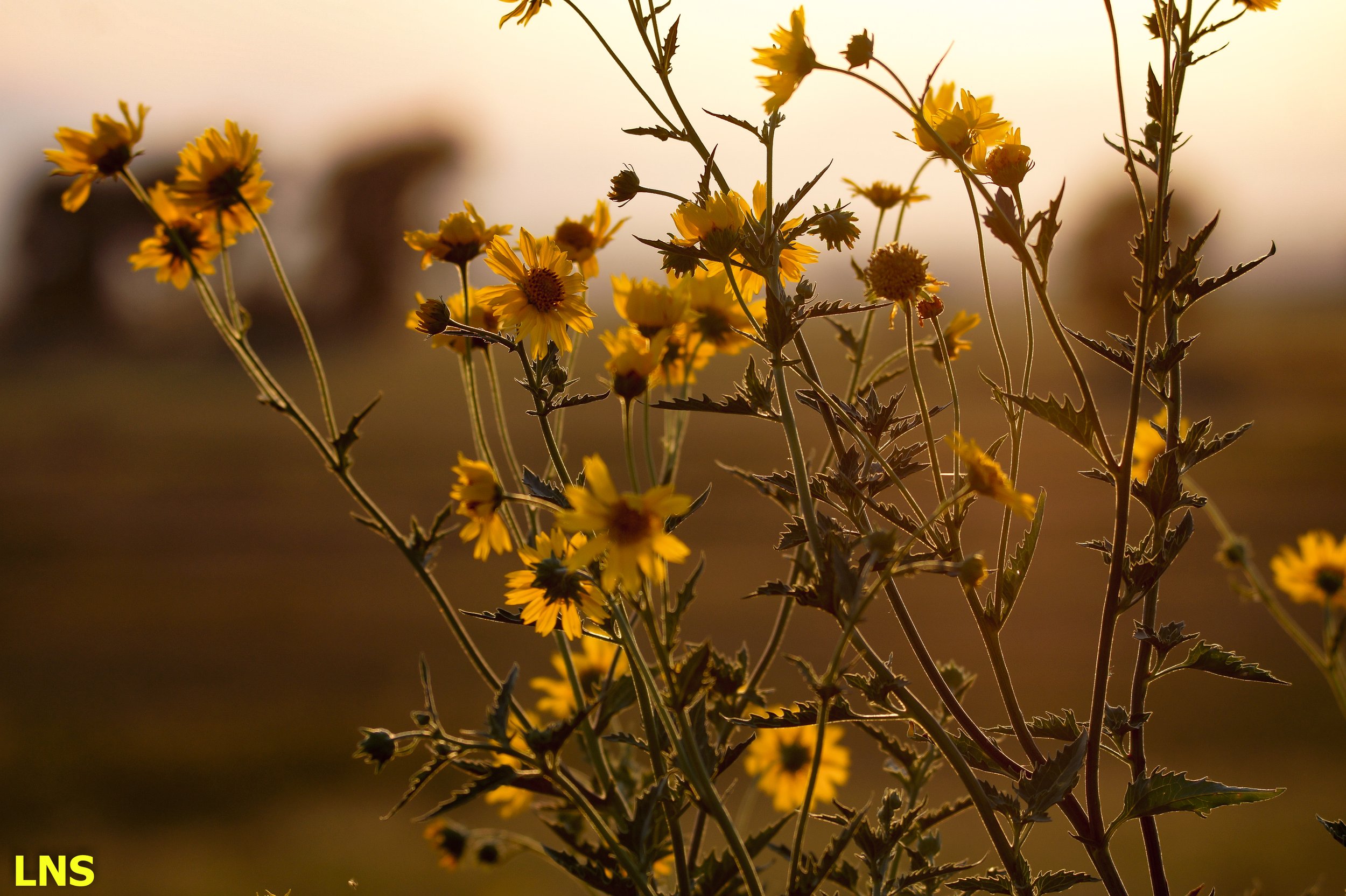
You can learn more and sign up to be a volunteer at the Urban Prairies Project Website. Keep an eye on my events page to learn how you might be able to monitor Burrowing Owls with me over the next several months, as I collect data for the Urban Prairies Project.
After attending these two wonderful events, I also did a bit of birding on my own in the last couple weeks and have had some great outings and sightings! Spring migrants are making their way into town in full force, and the next several weeks are going to get very busy with birds! Here are a few photo highlights from the last couple weeks!
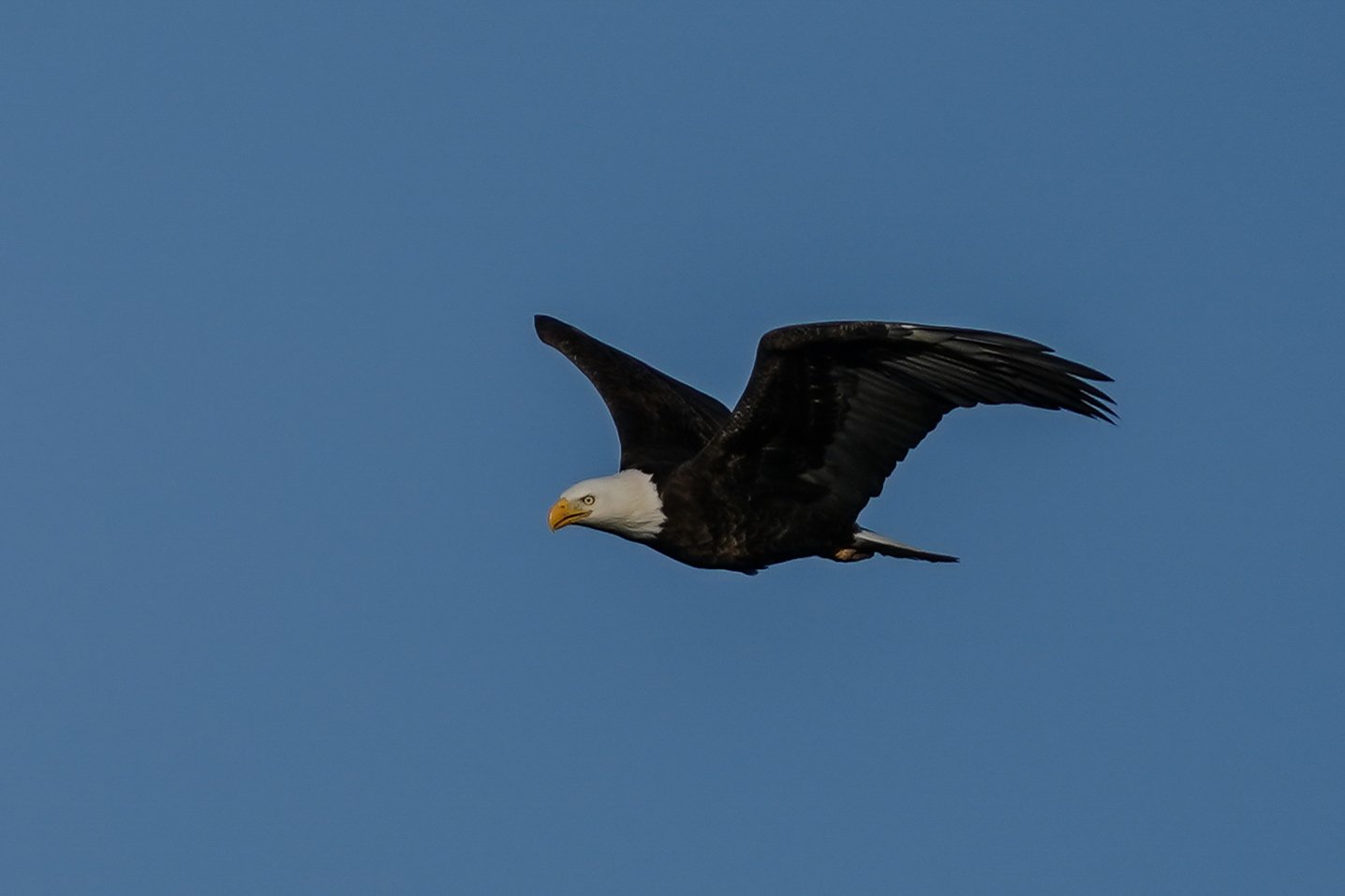
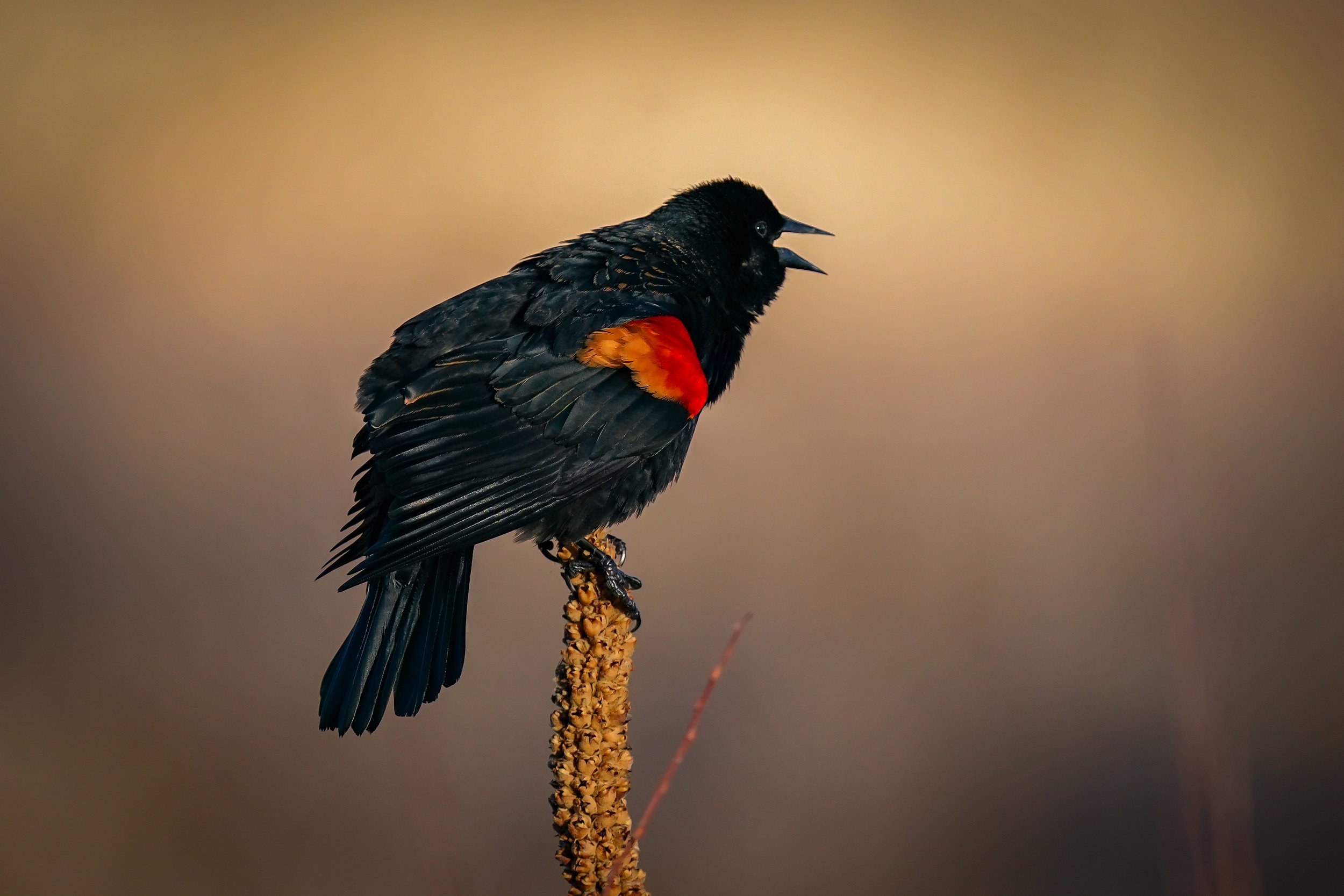
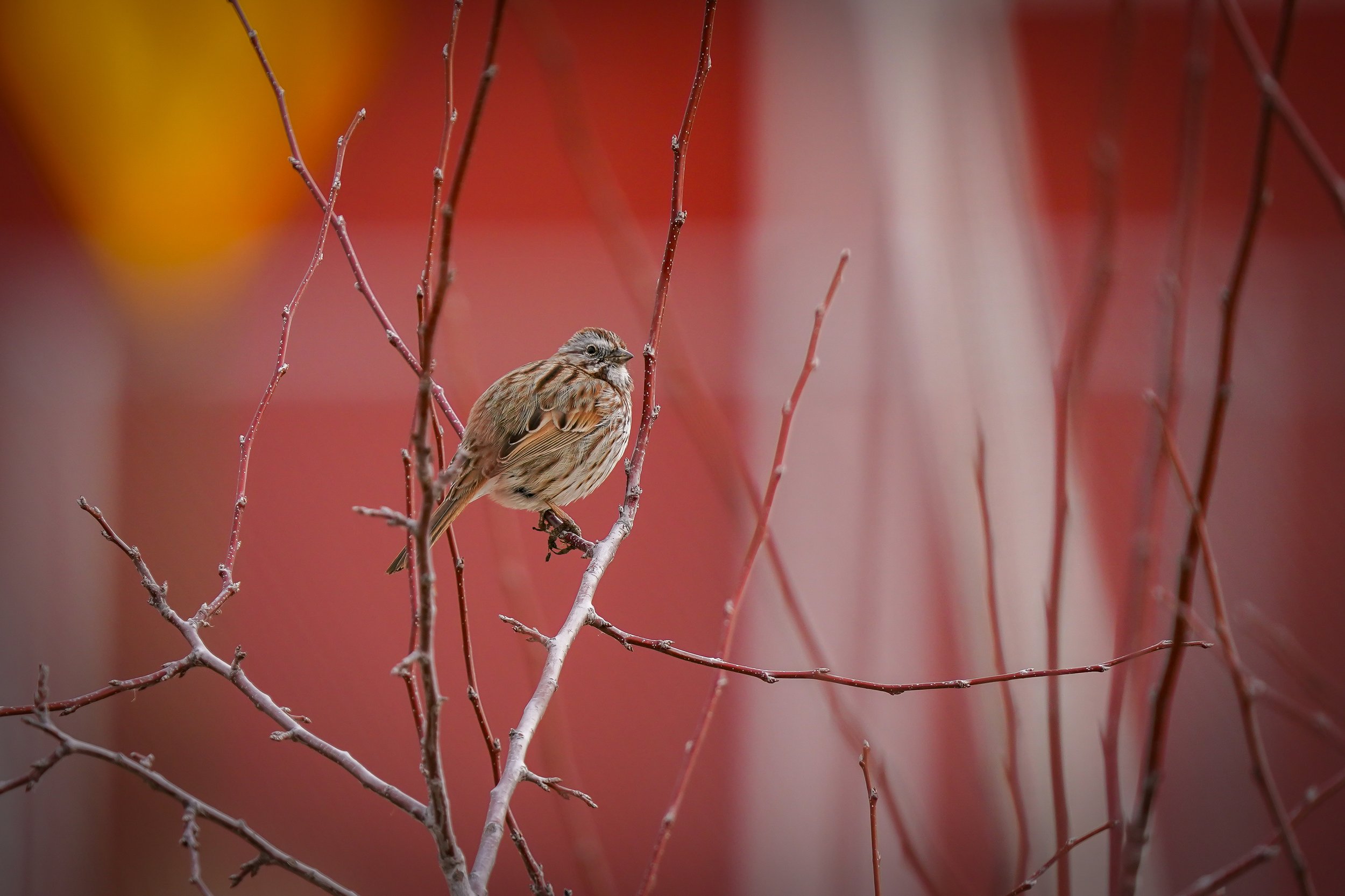

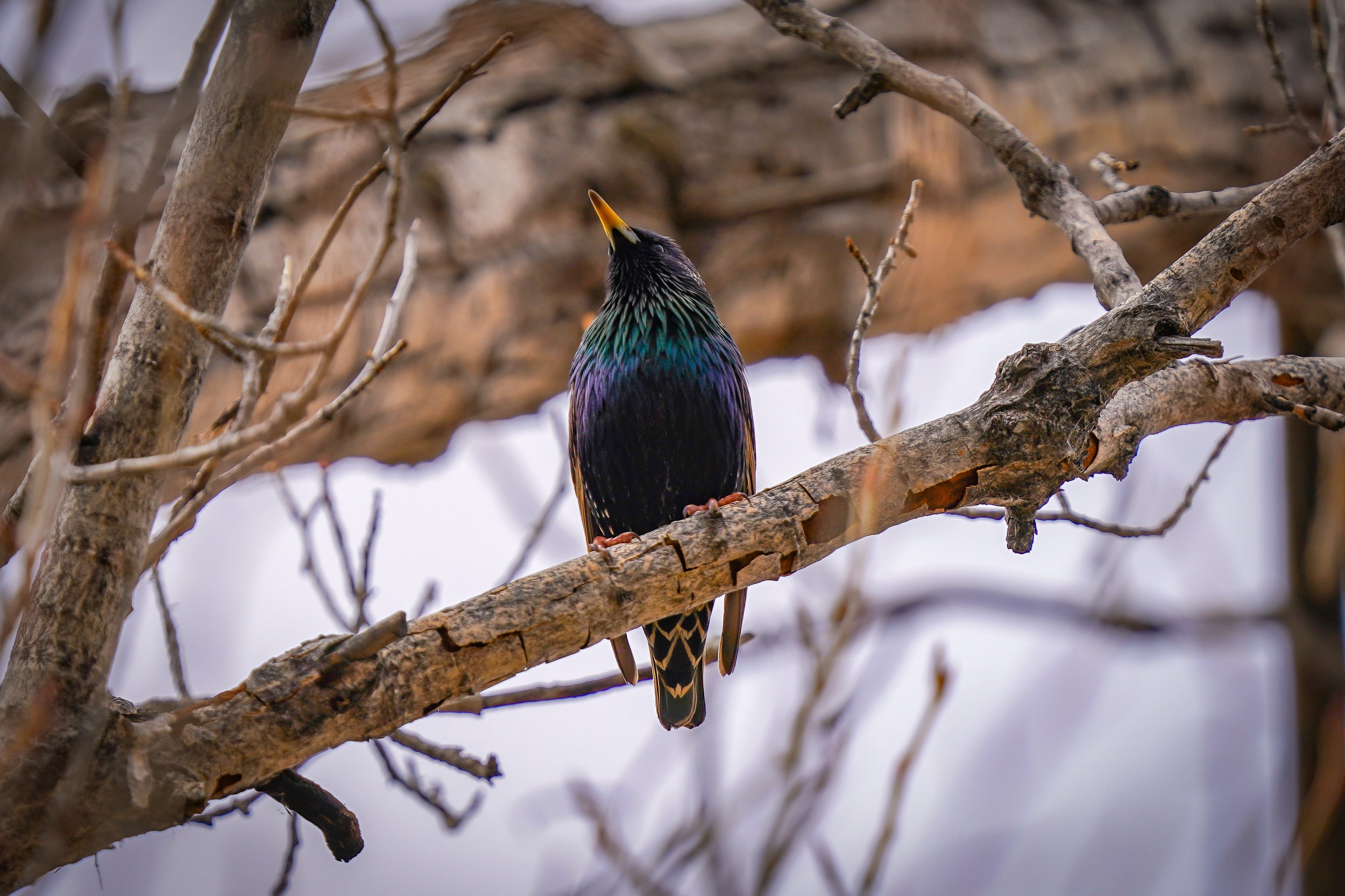

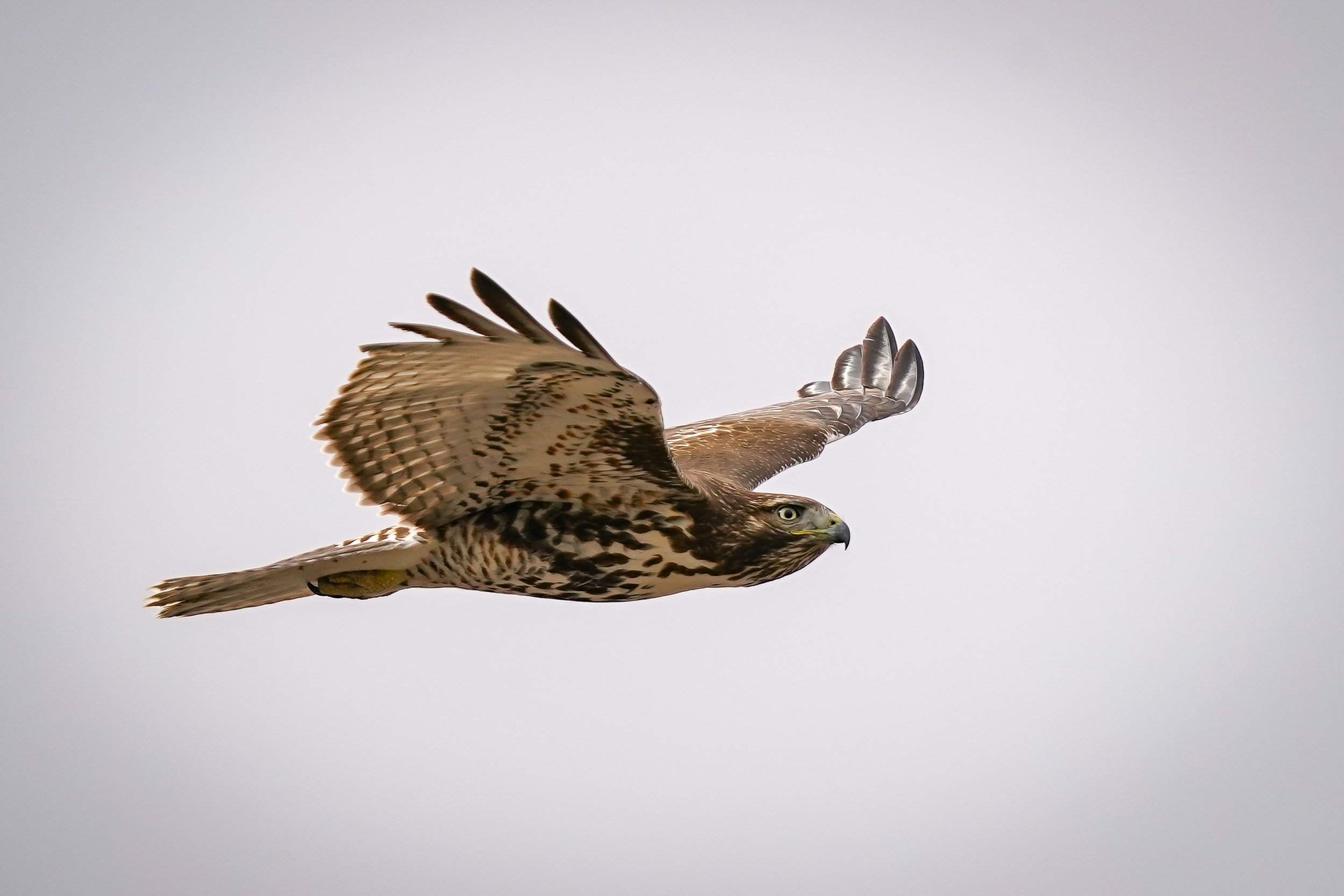
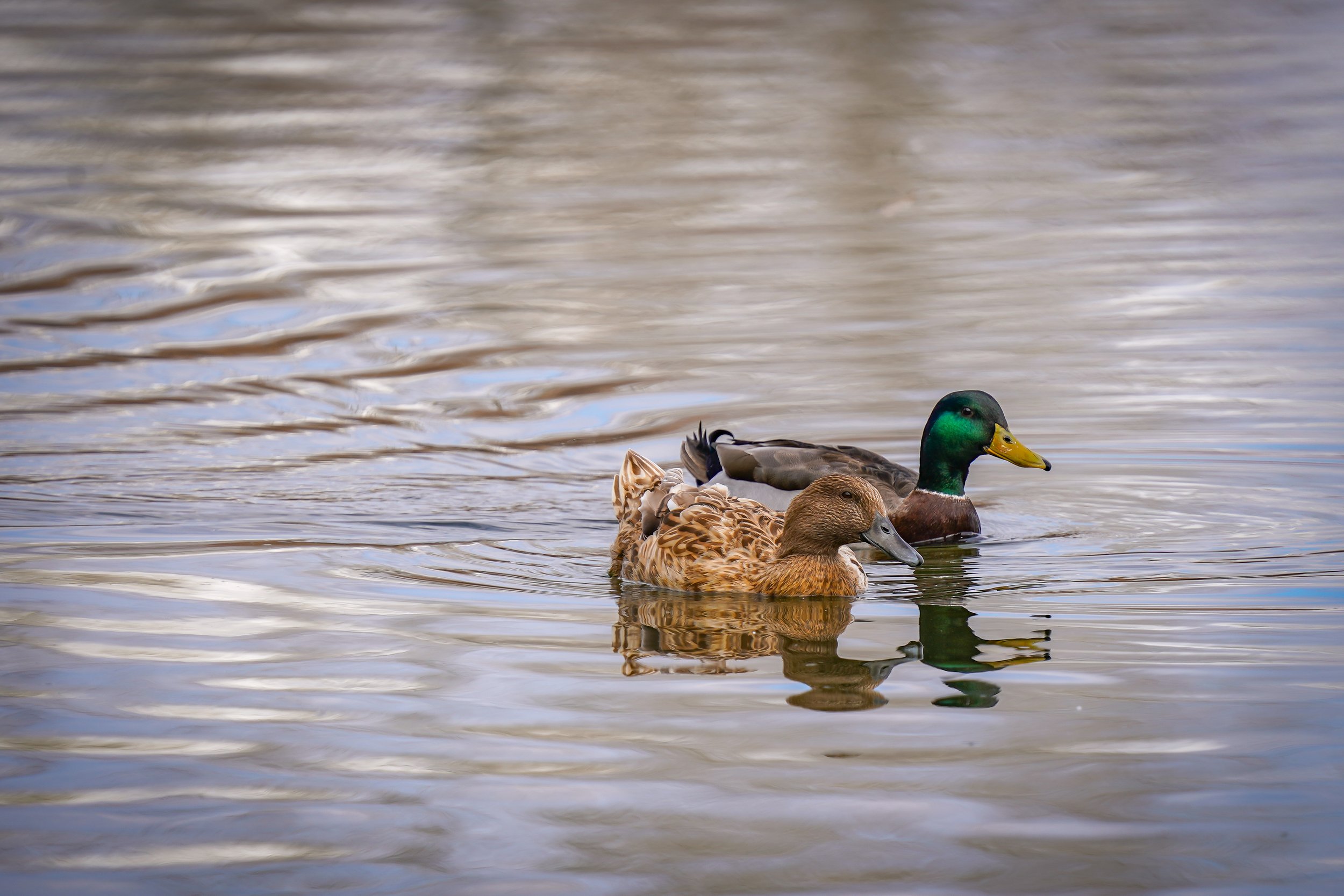

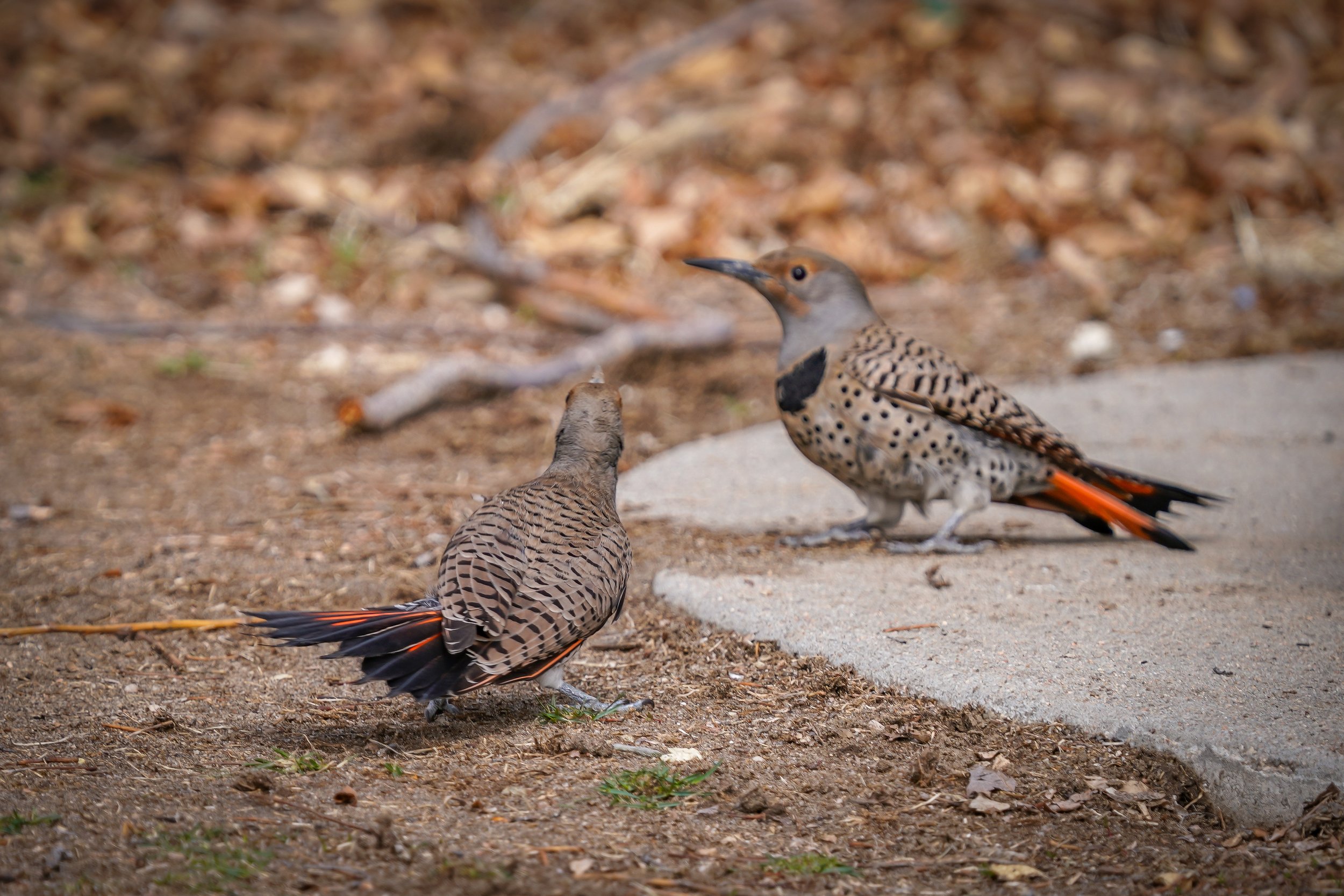
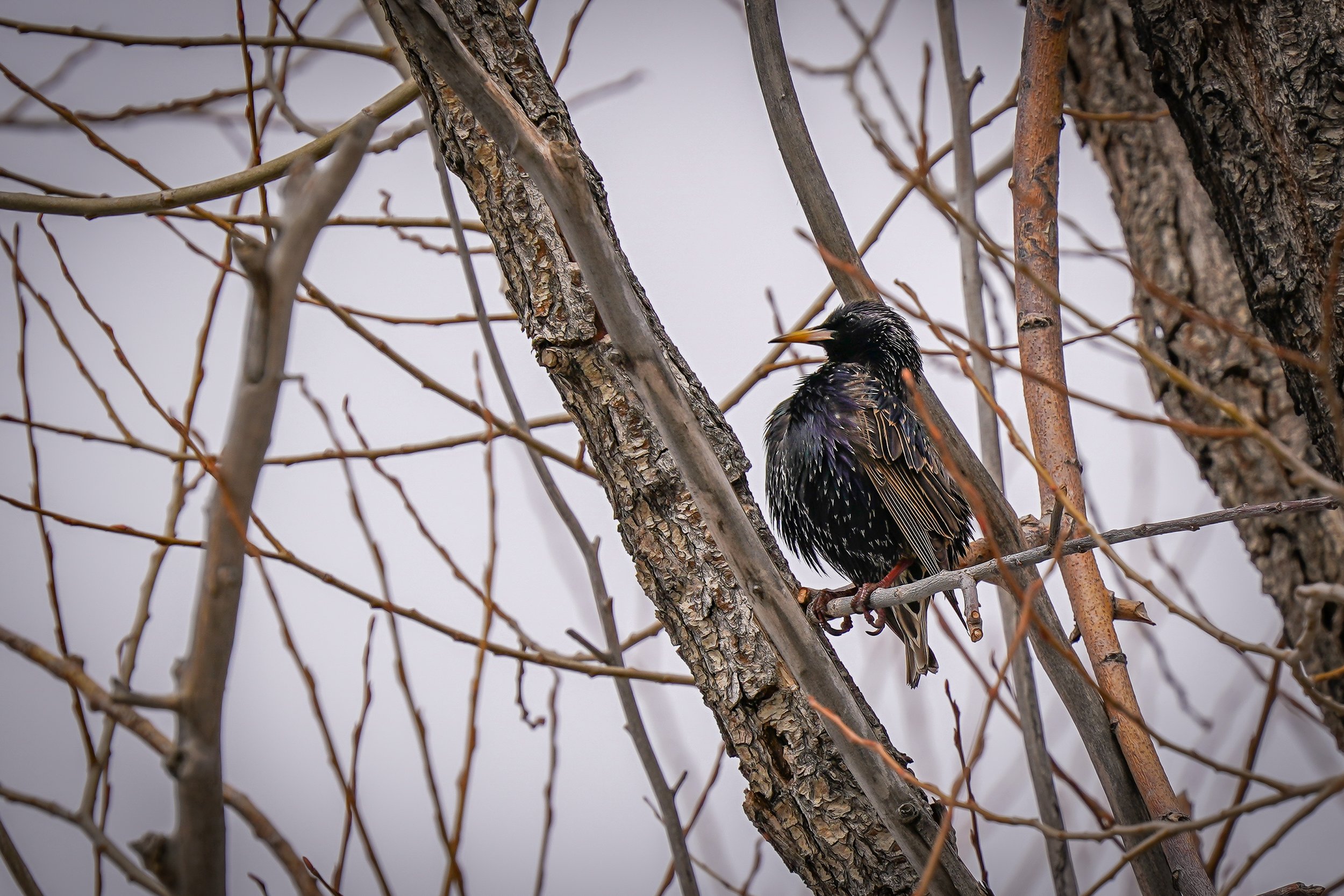
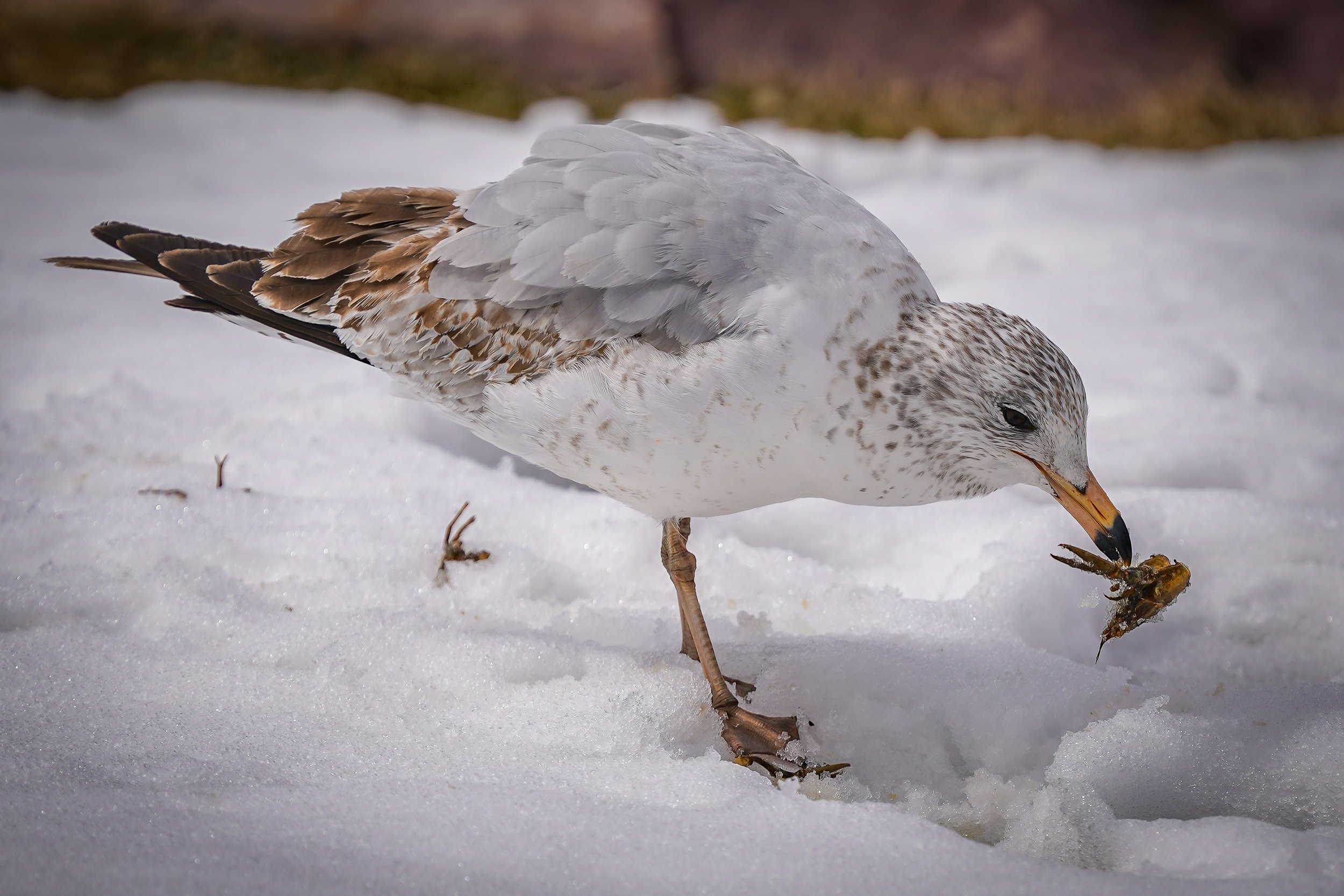
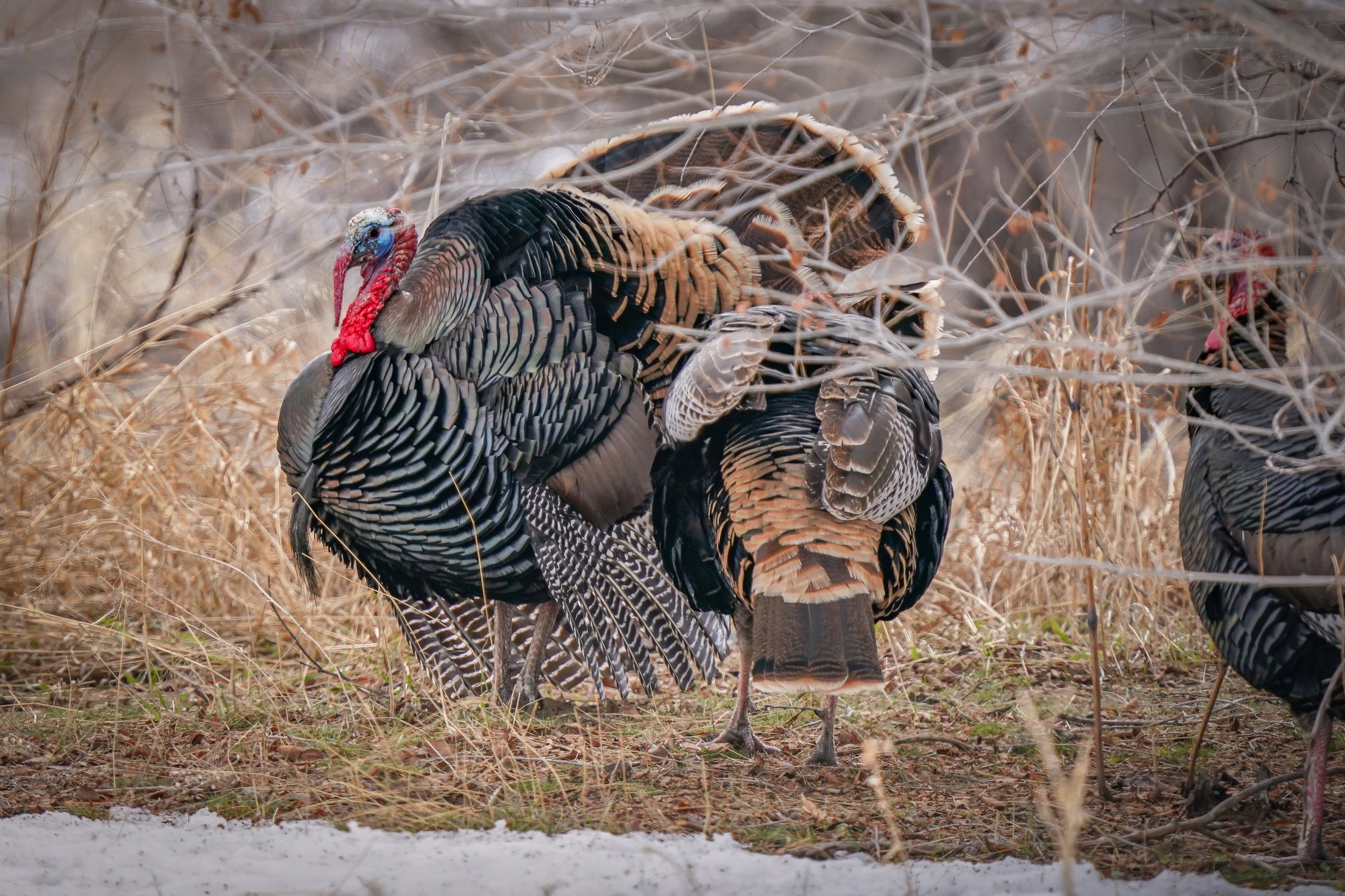
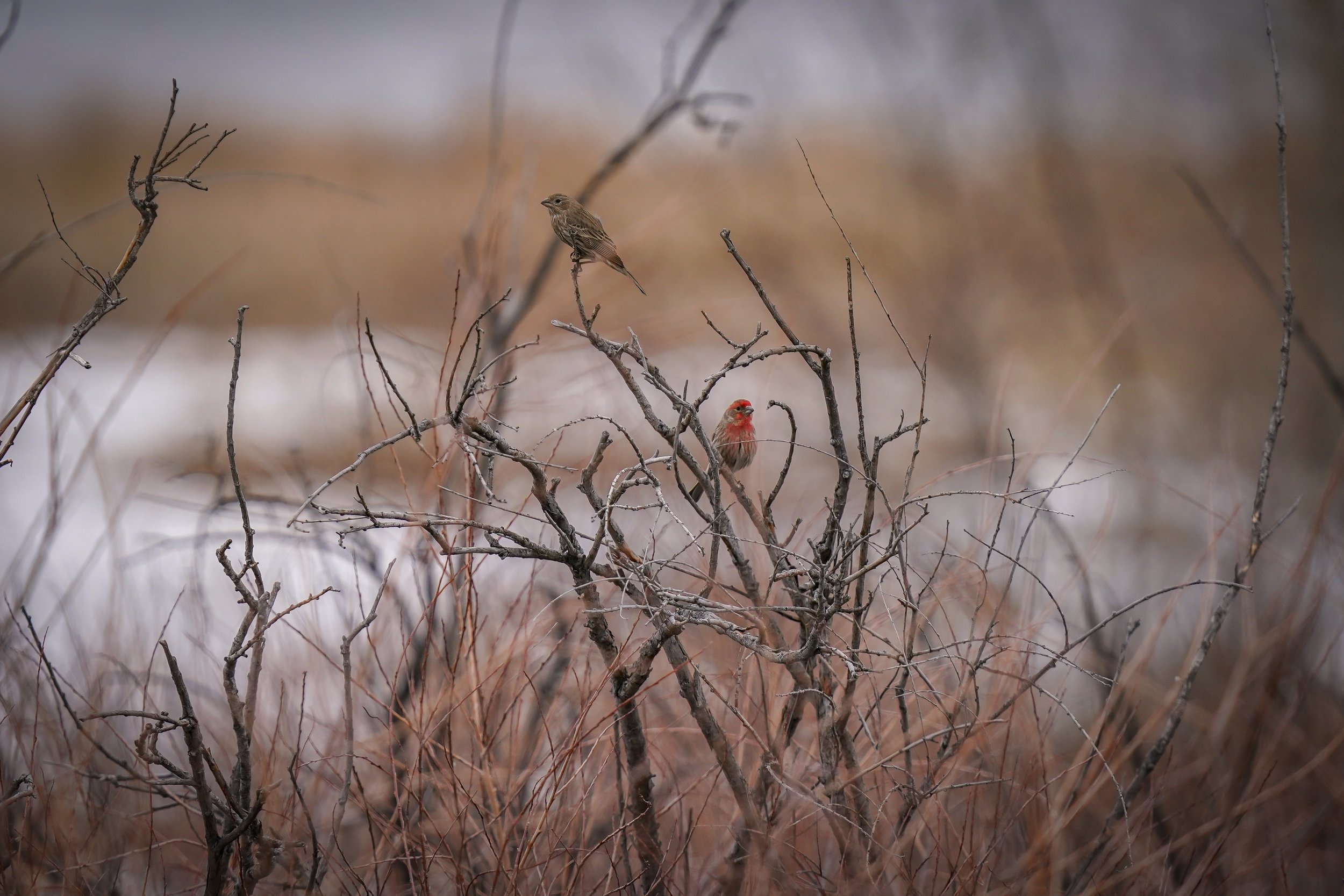
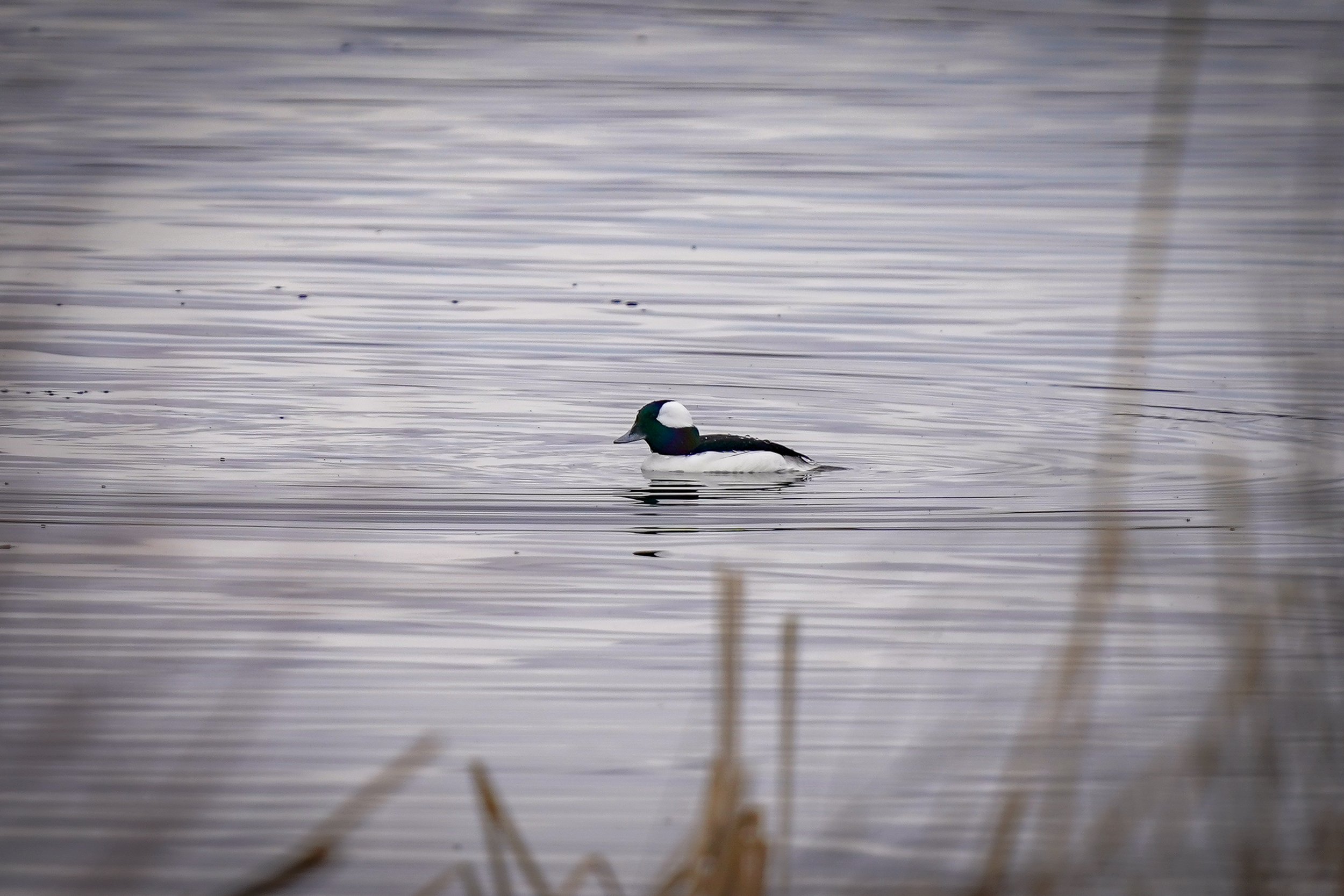
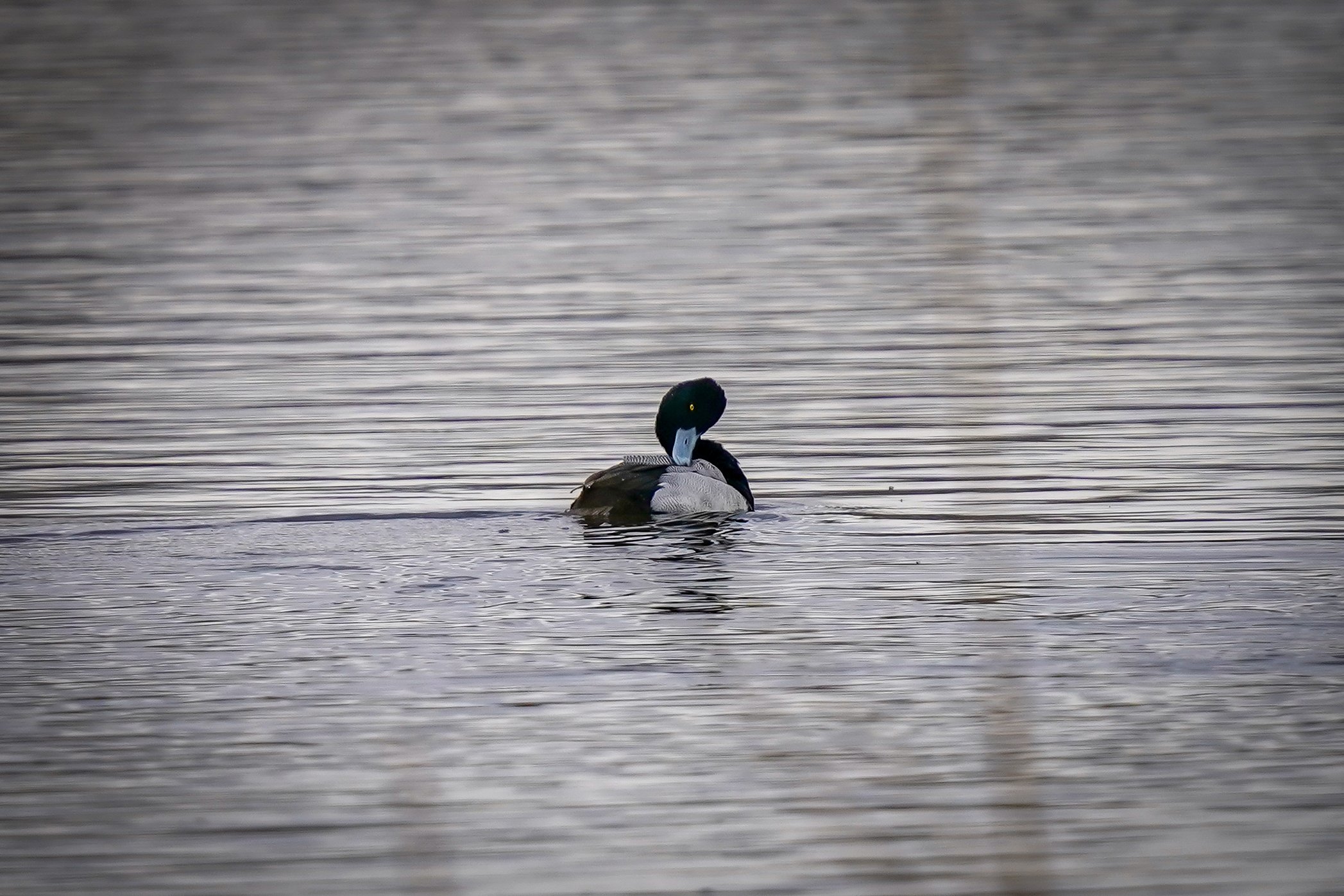
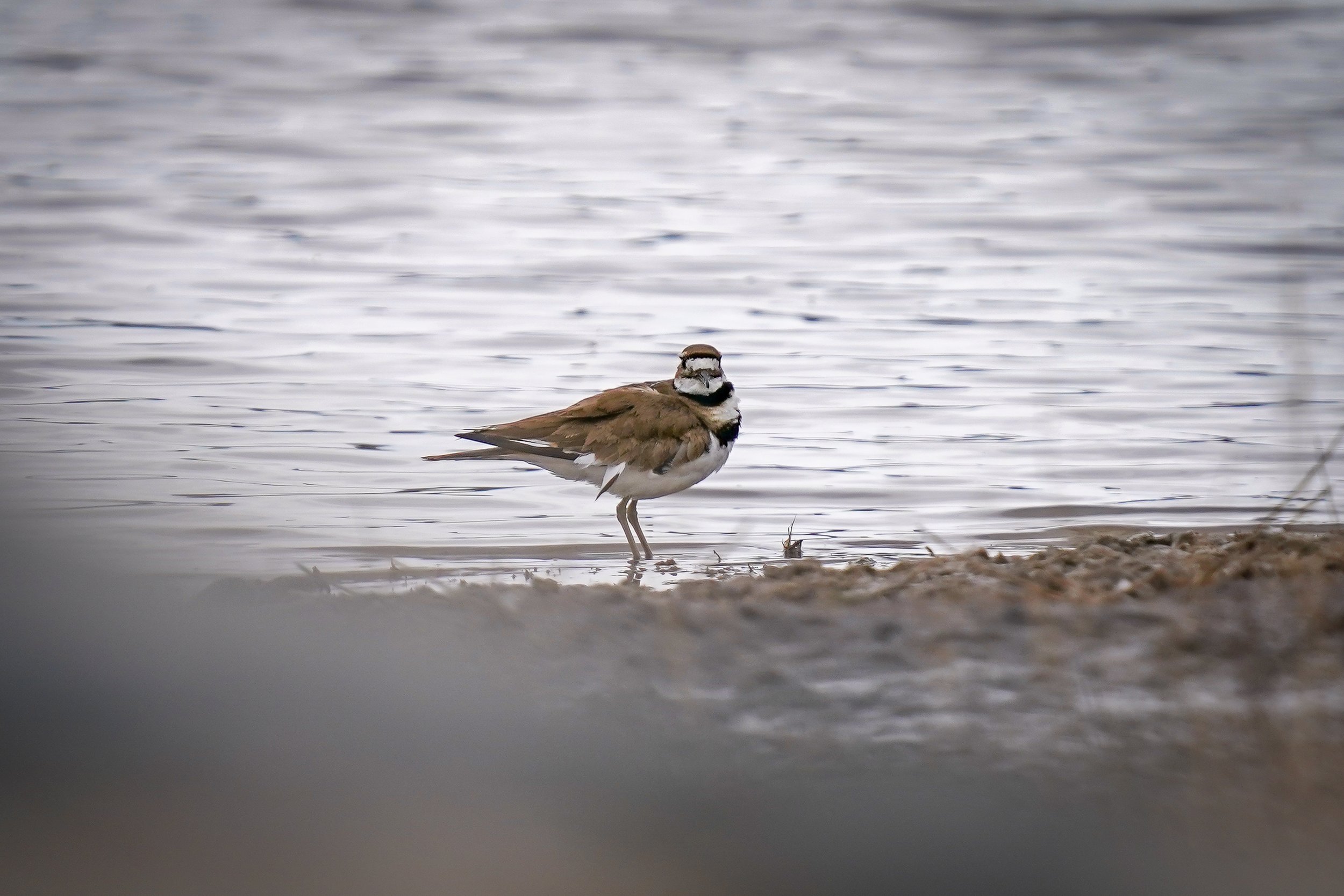

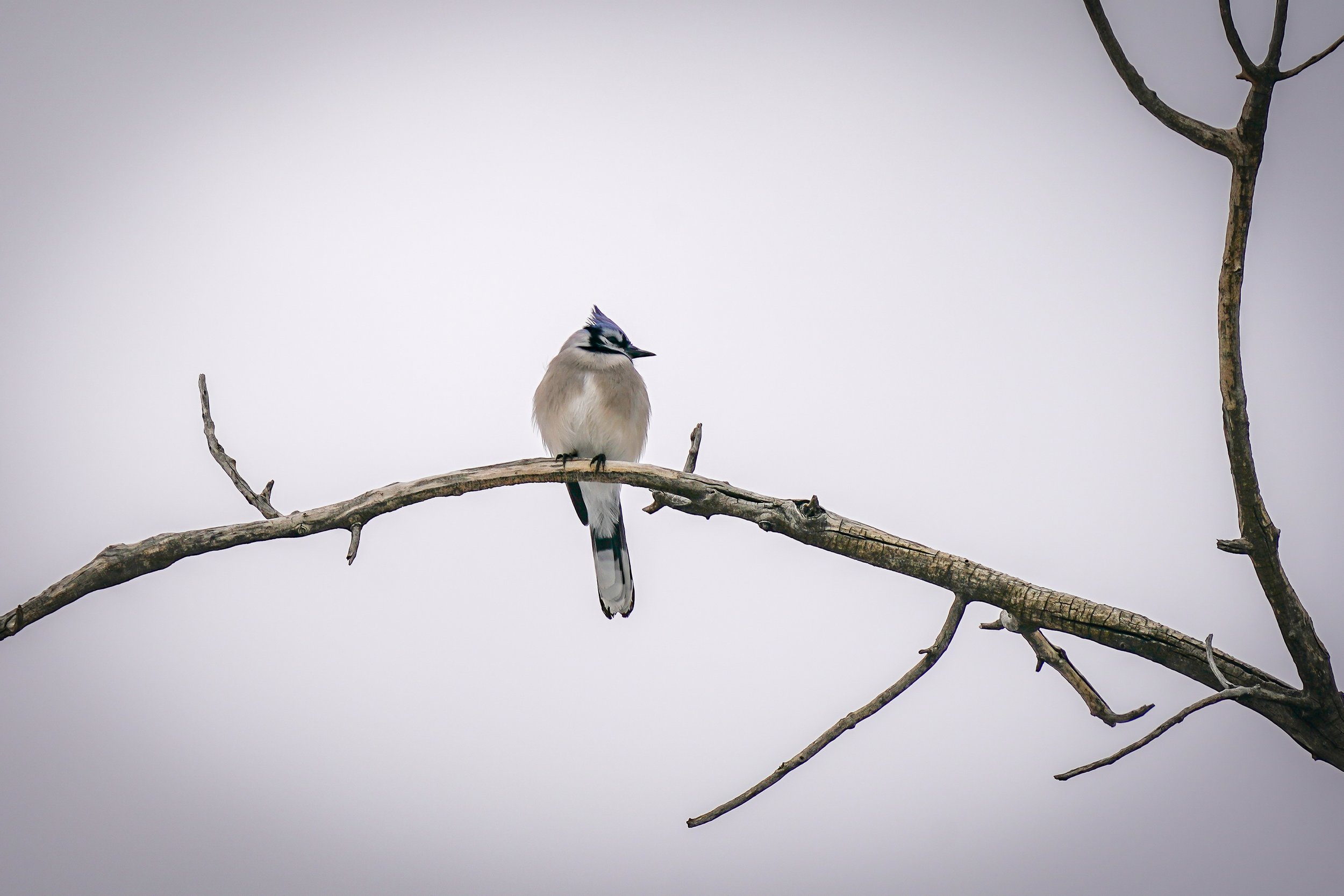
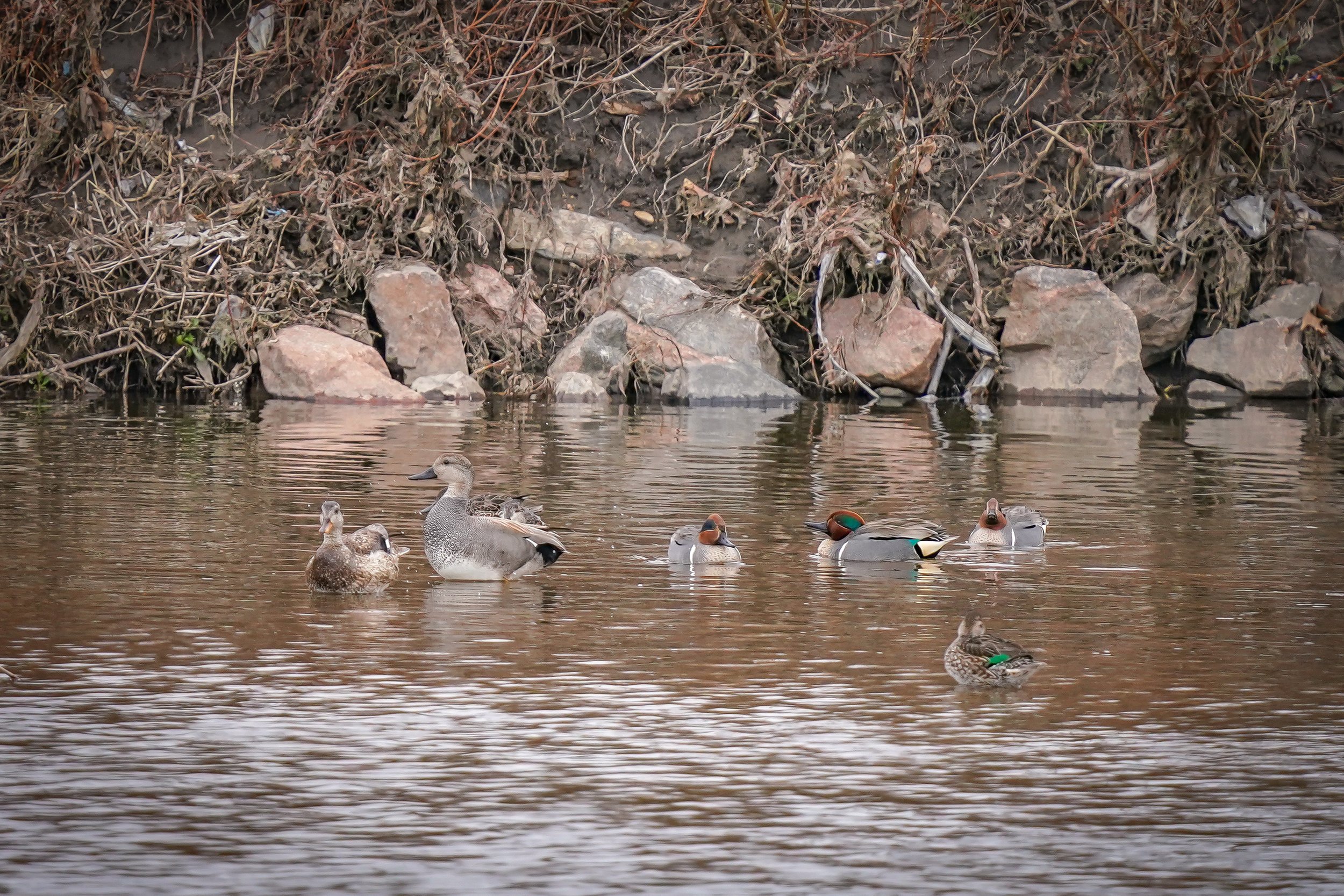
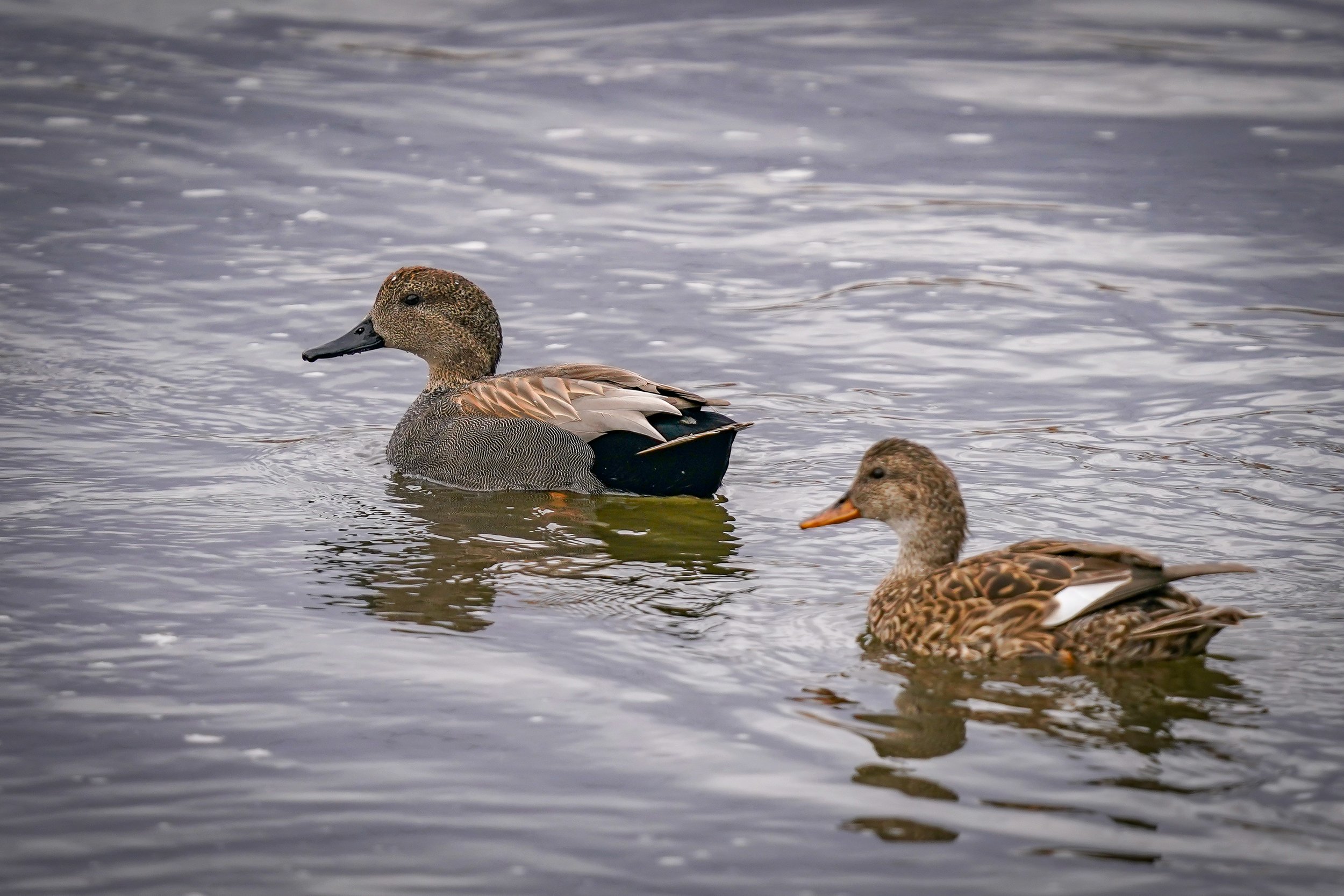
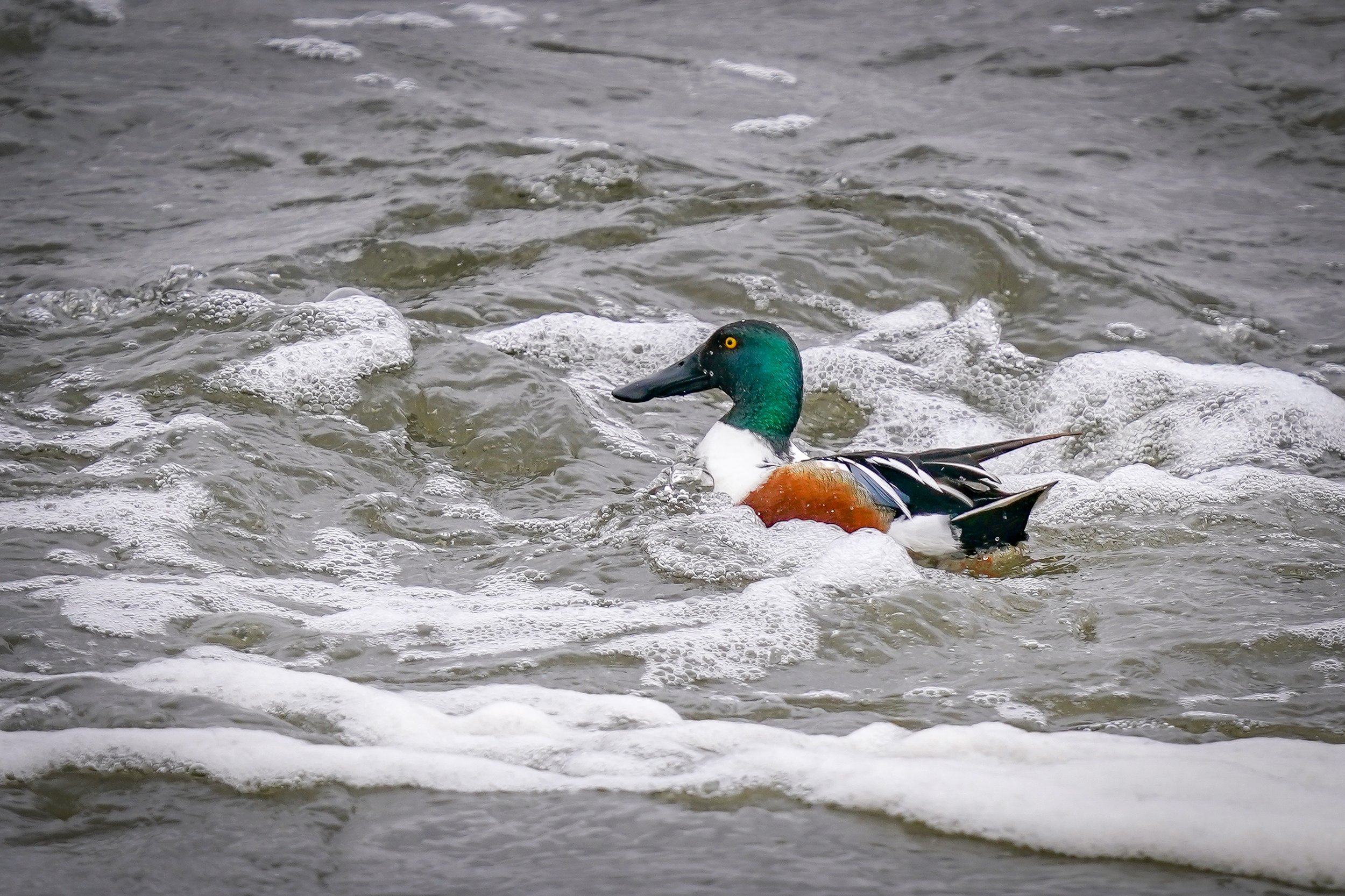
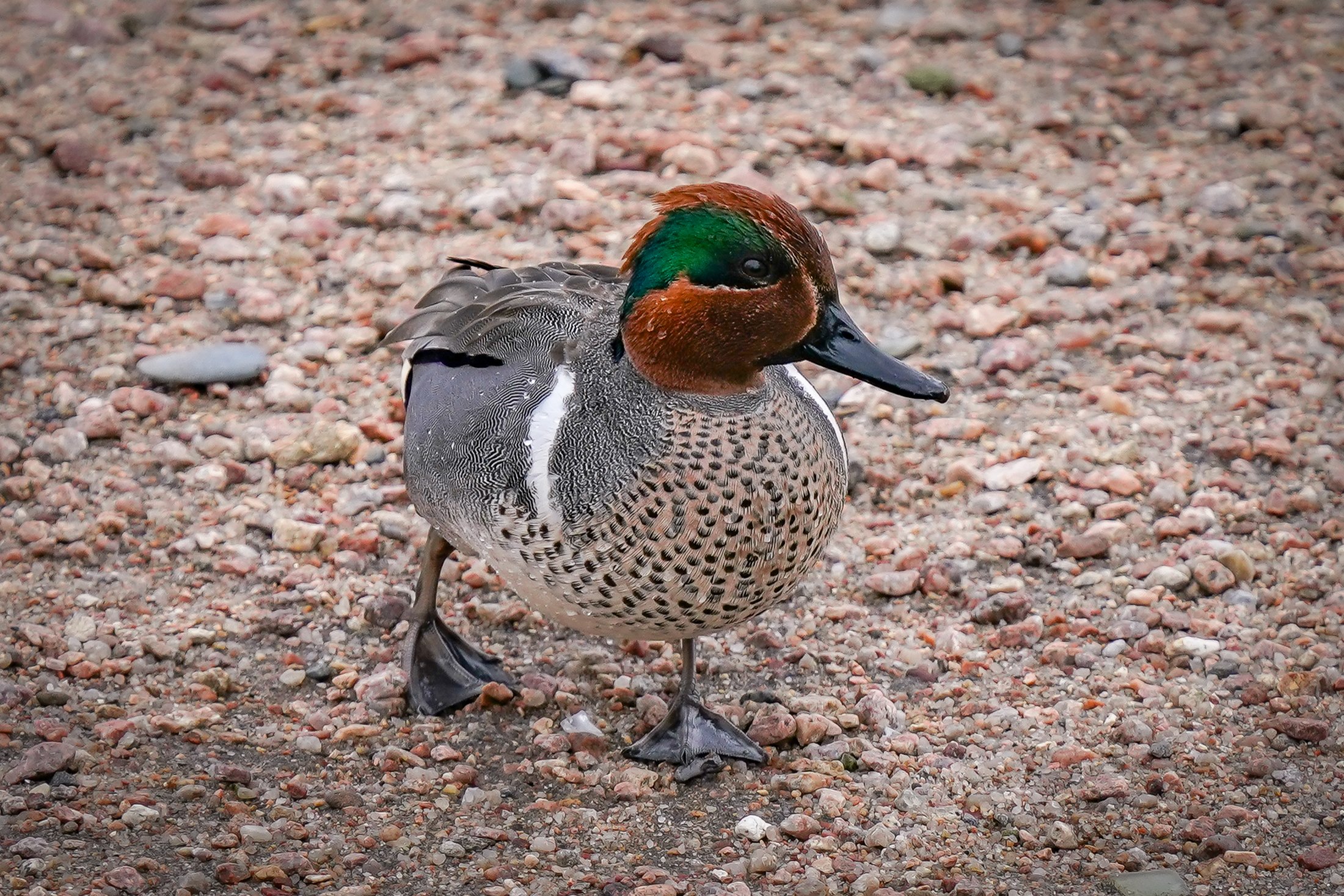
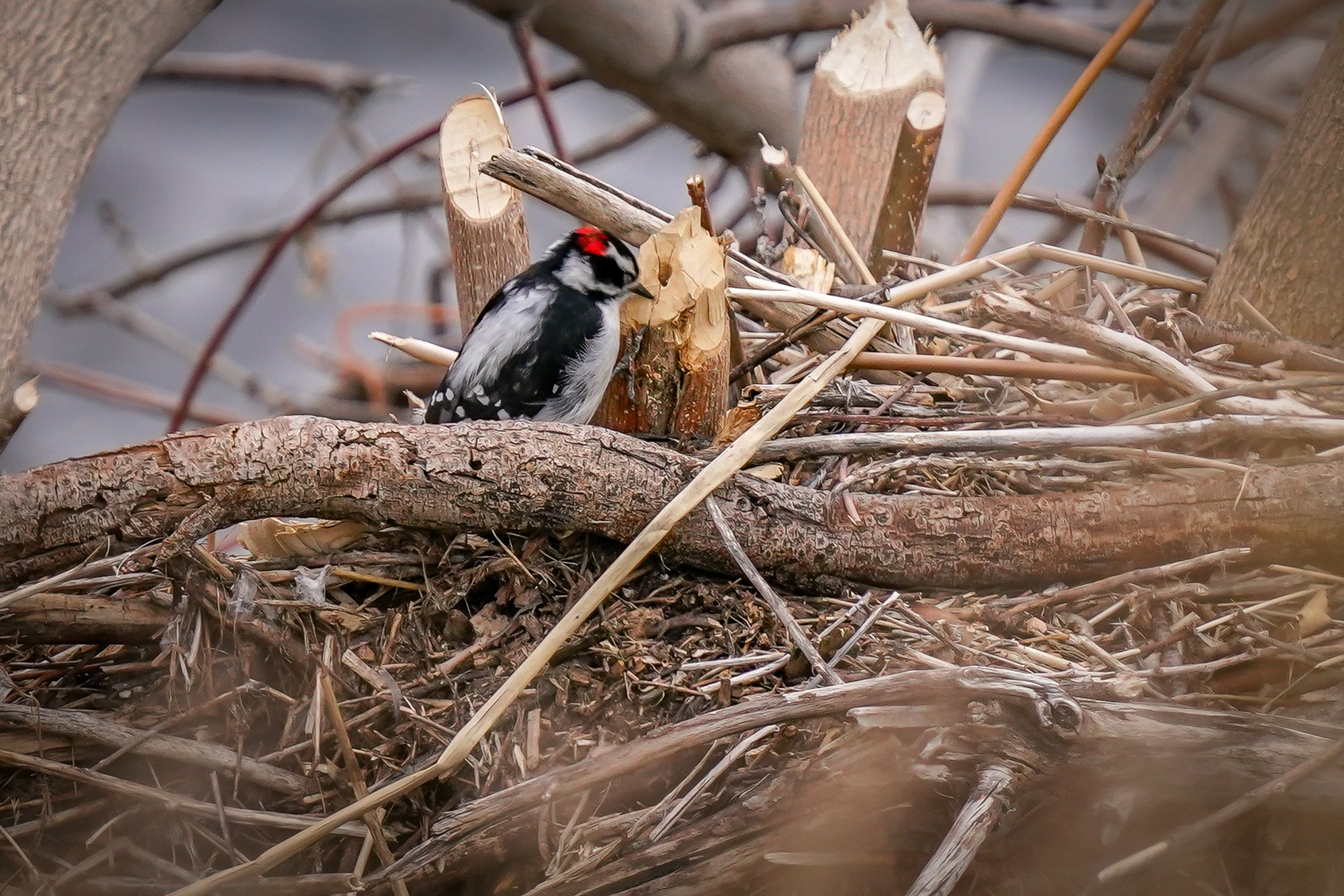
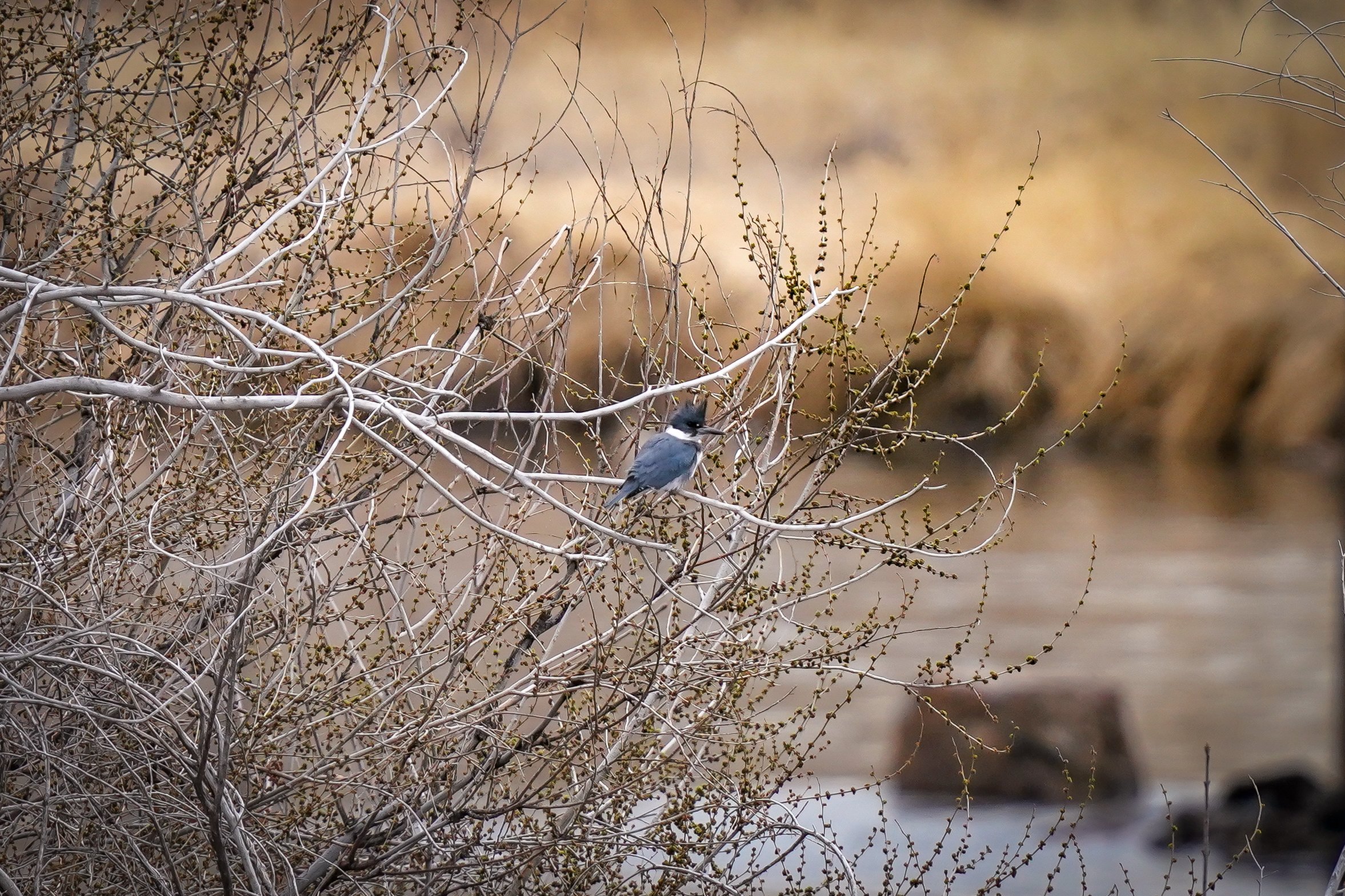
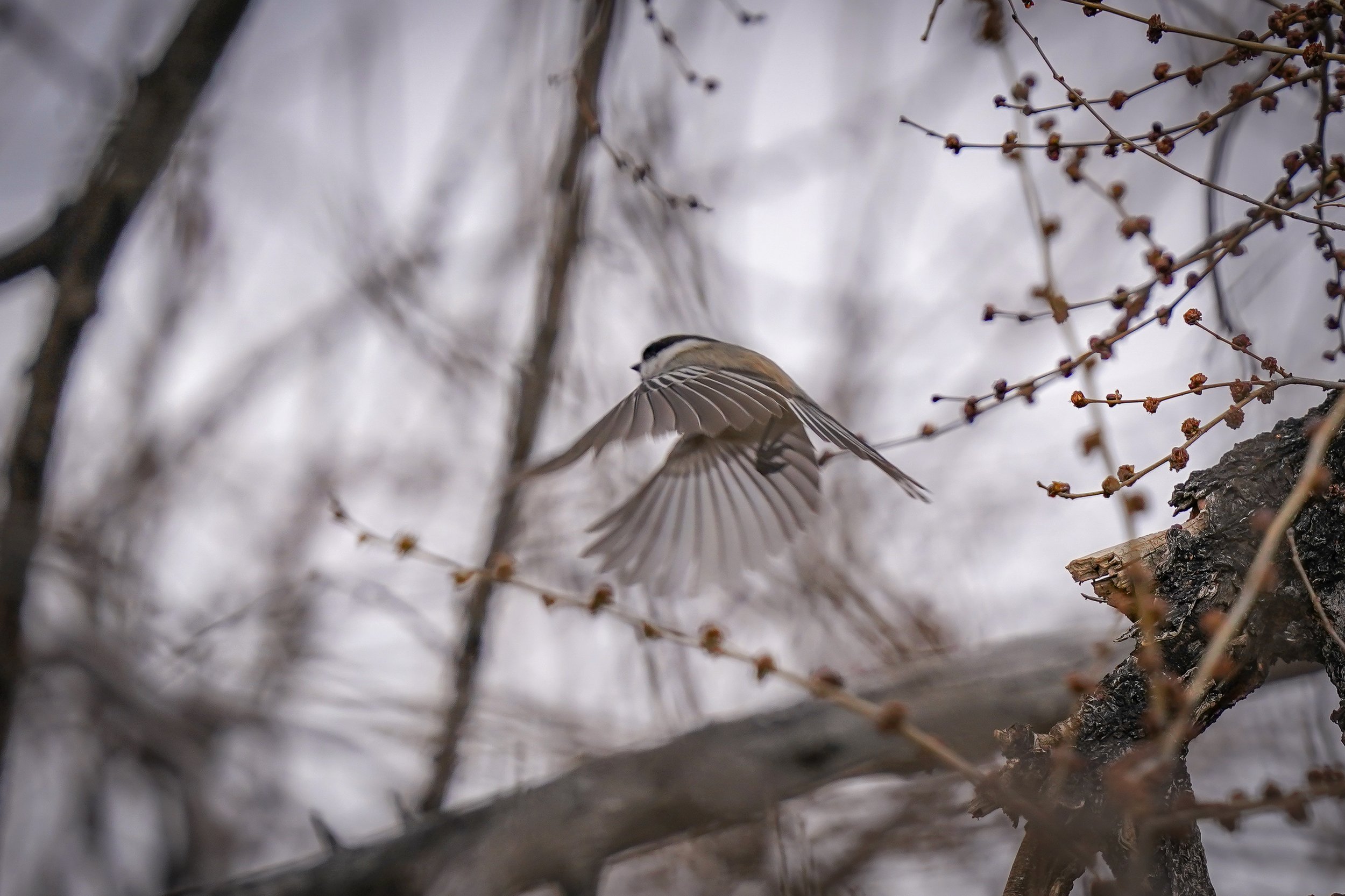
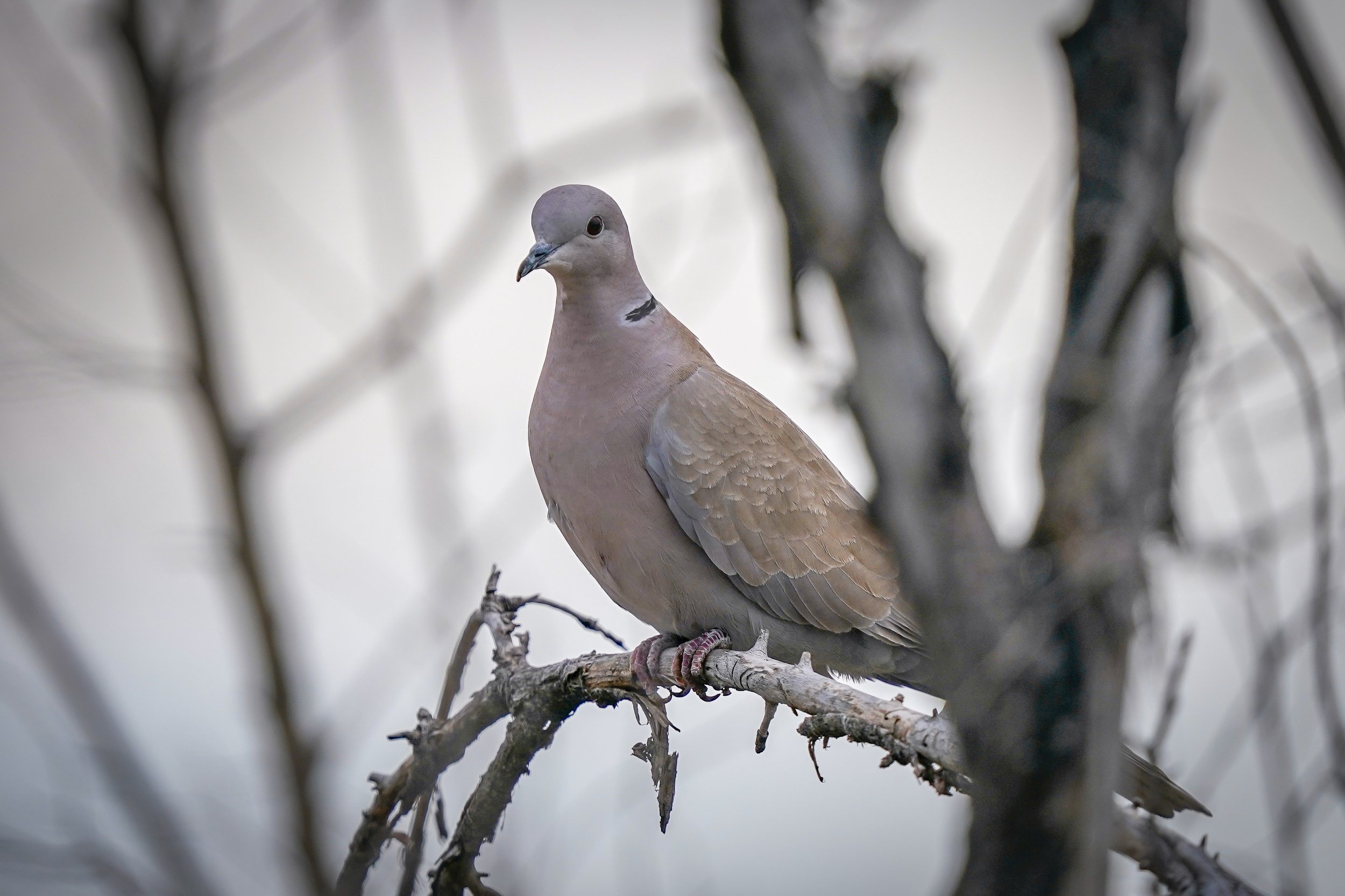
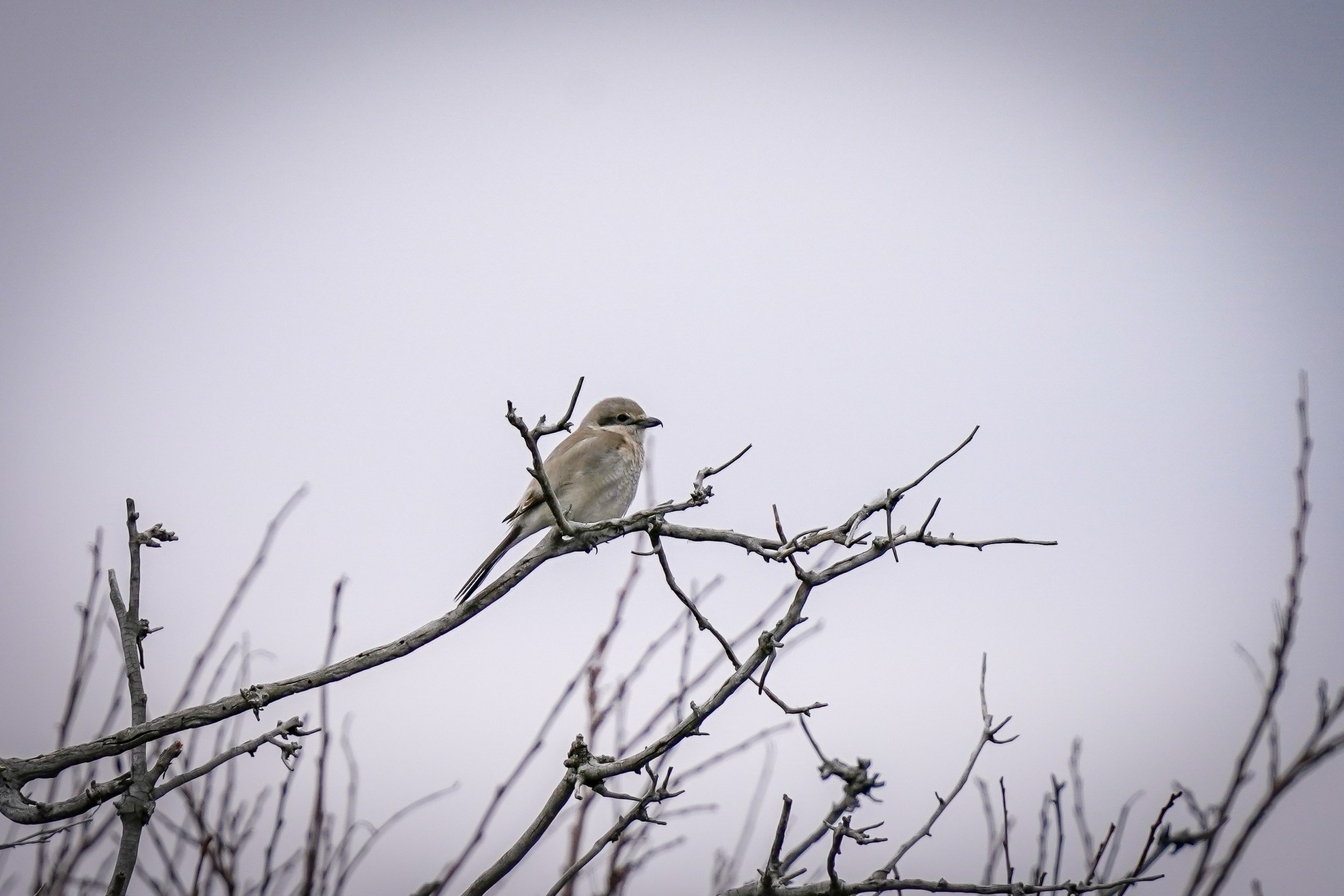
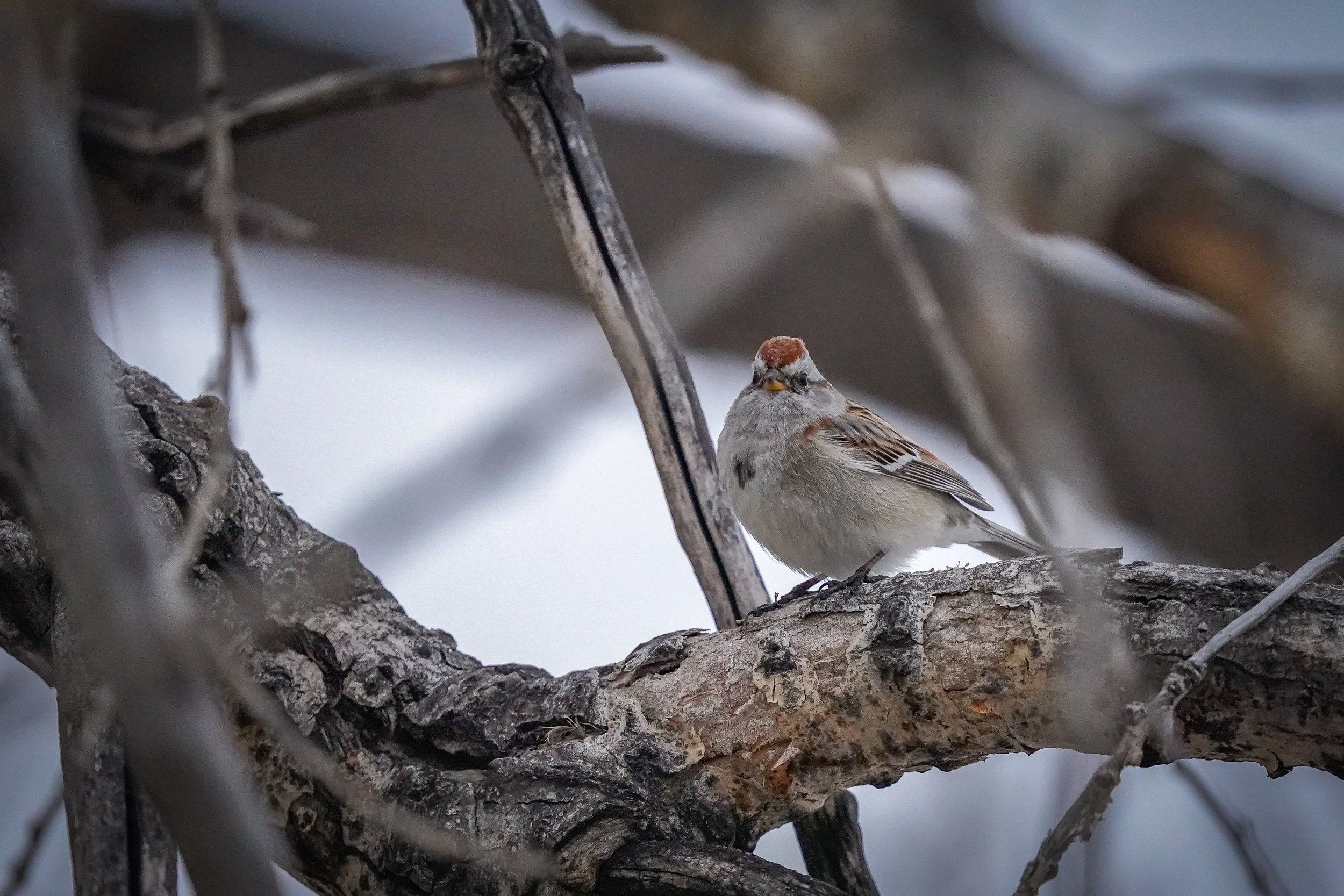
If you want to join me on a bird/nature outing, sign up on my events page - located here. I generally go on weekly walks on Wednesdays (times vary) and I may be adding additional events to incorporate the spring migration, as well as Burrowing Owl monitoring times. I am also going on several field trips with Denver Field Ornithologists (I just became a member - you should join too!) I’m signed up to attend the Colorado Field Ornithologists annual convention that will be held in Lamar, Colorado in early May. I can’t wait to learn more about birds, hopefully add some new species to my list, and share the information with all of you!


